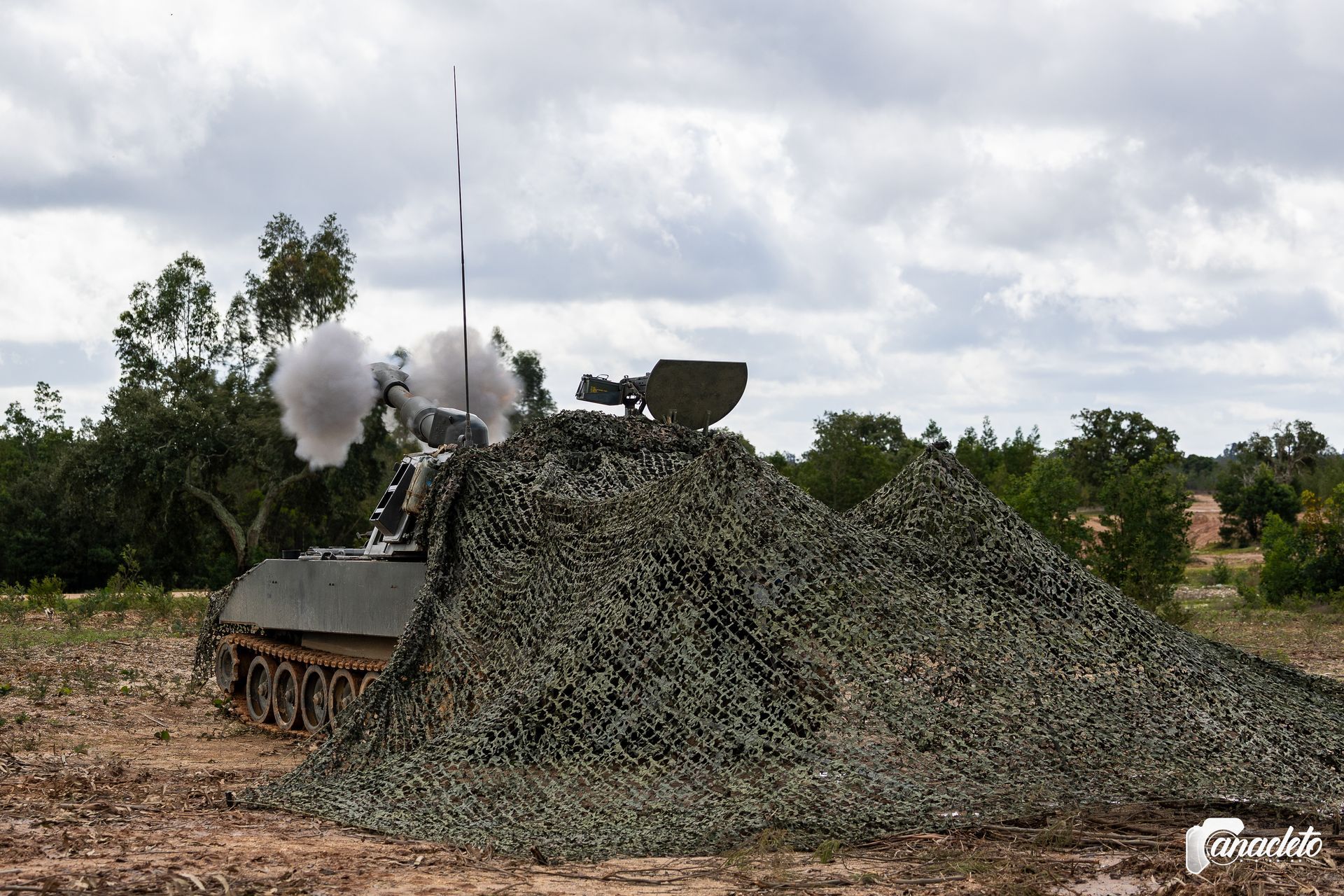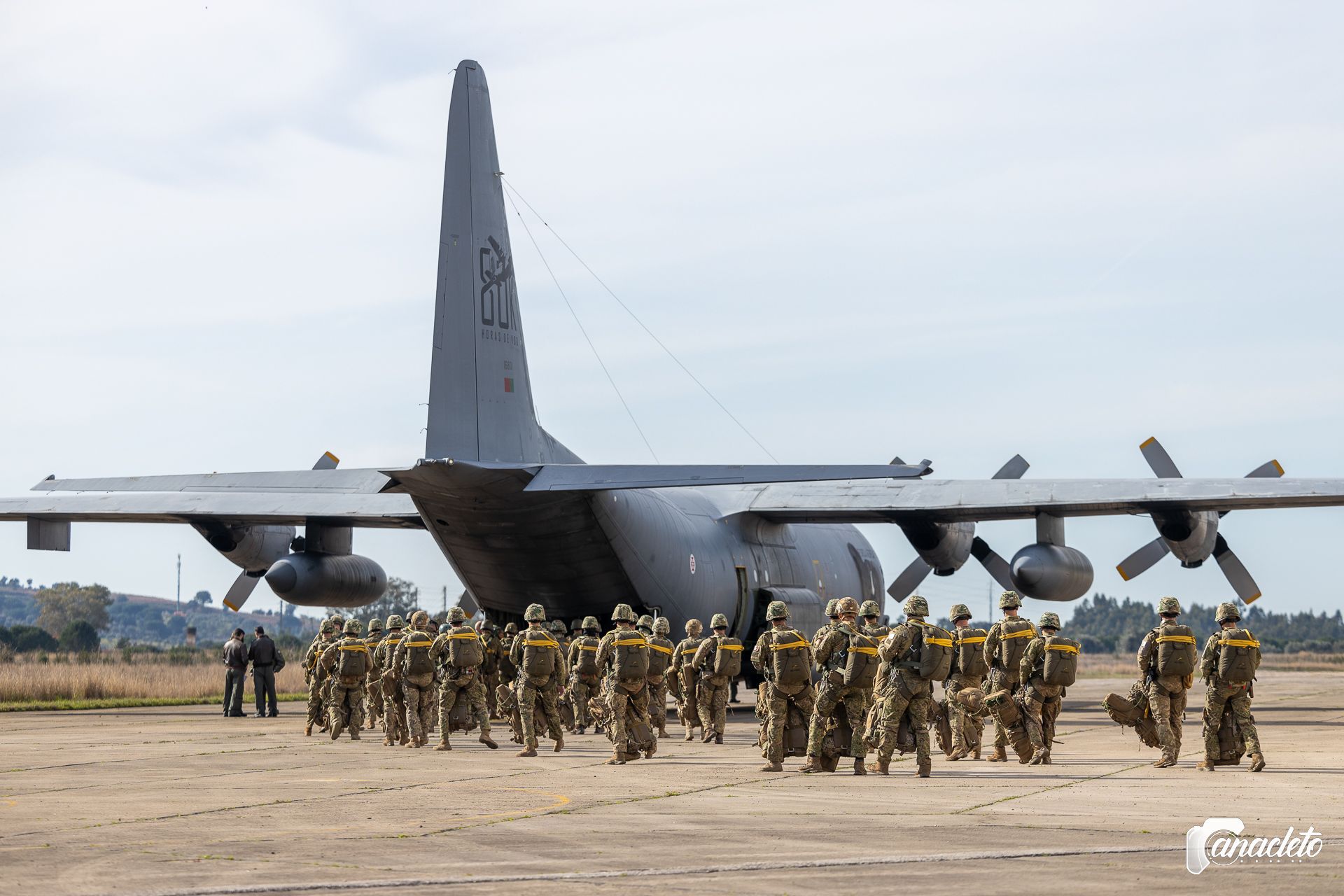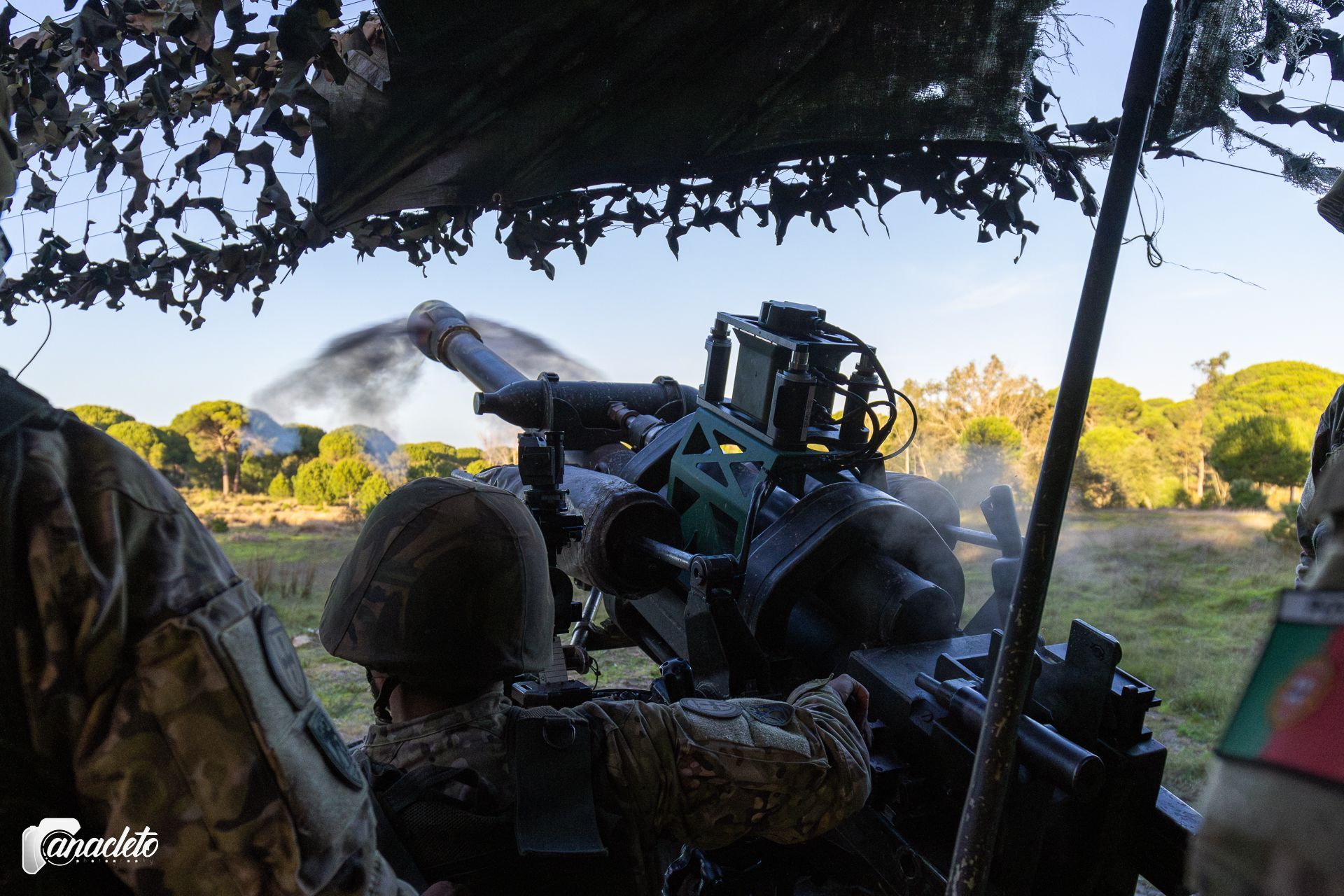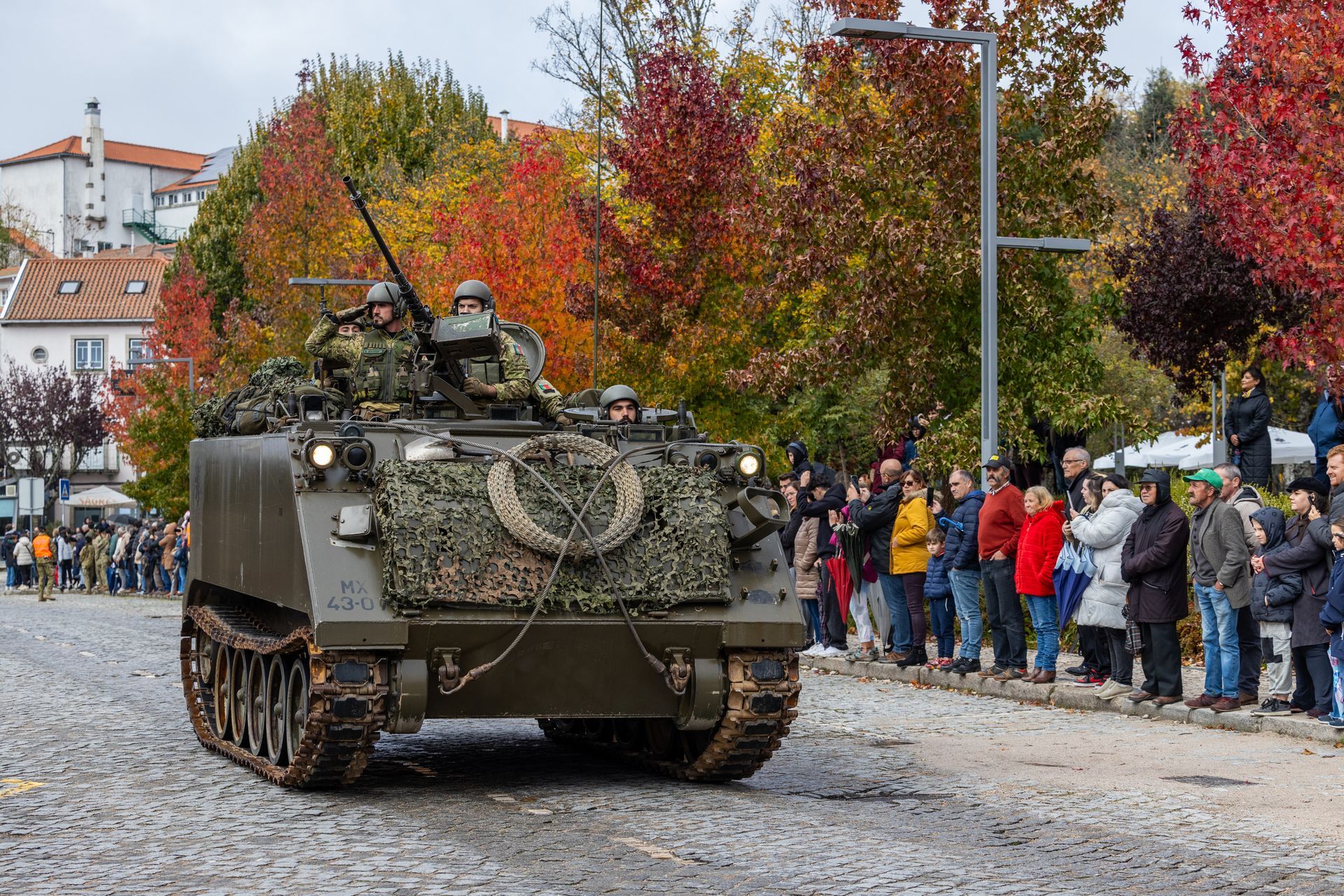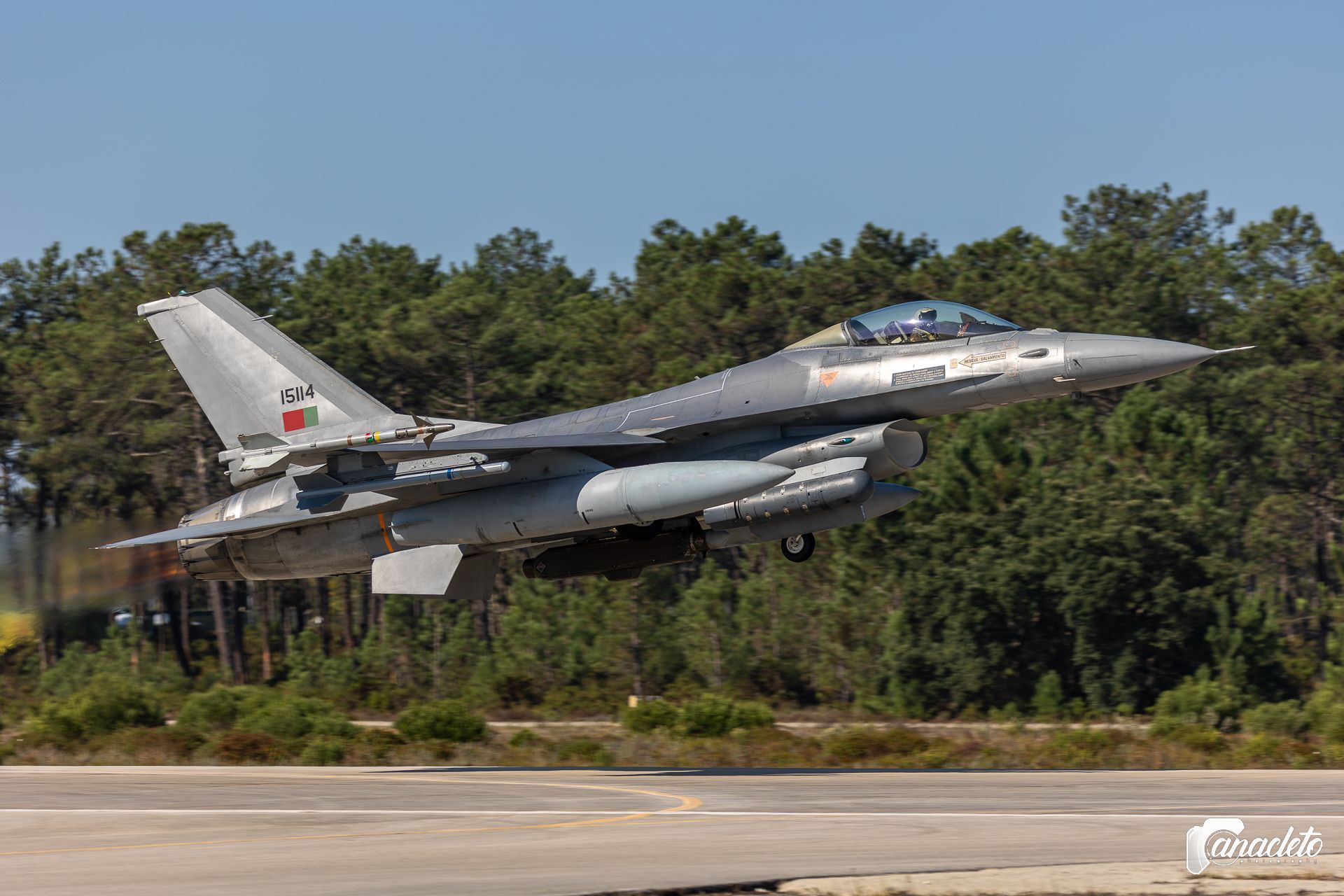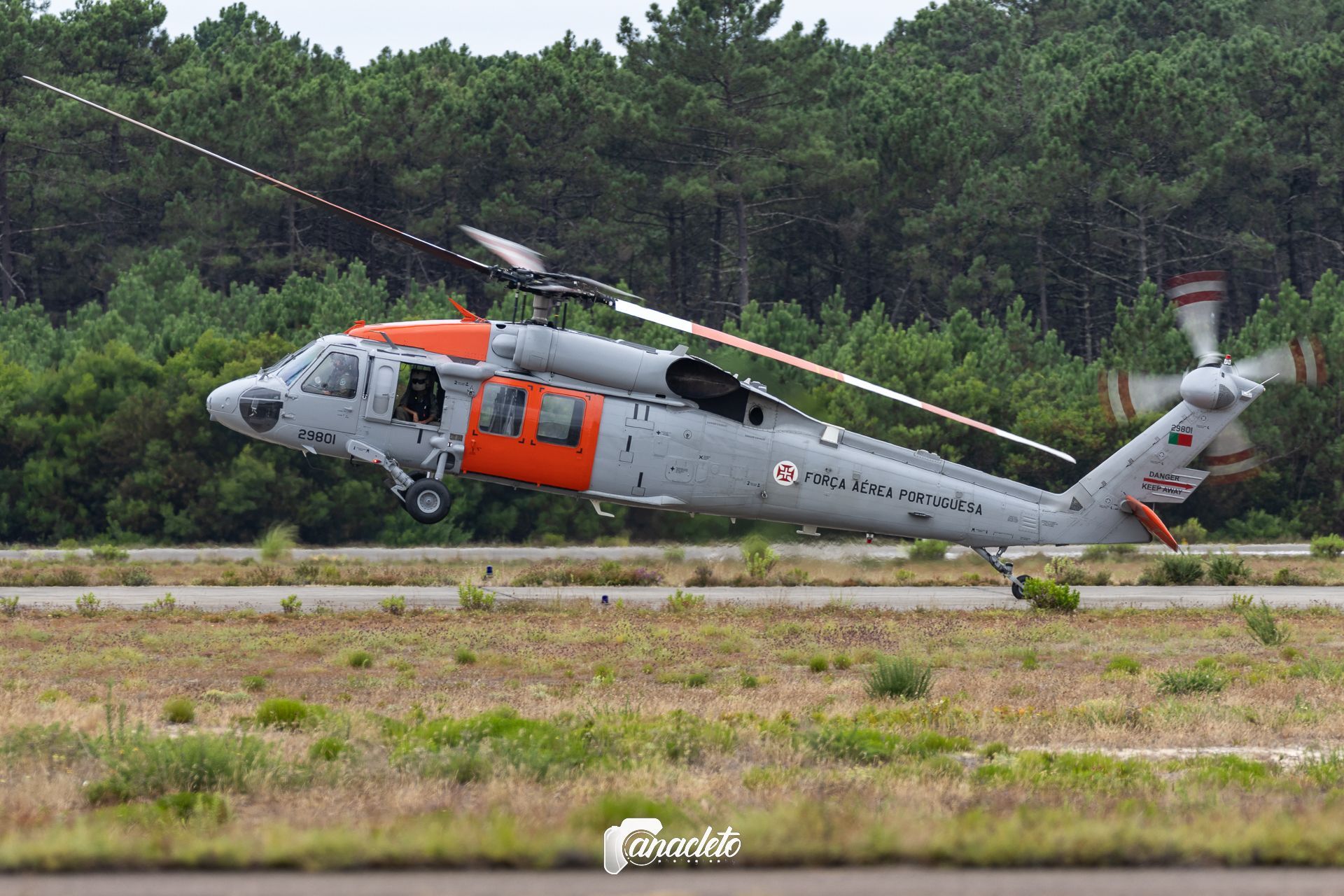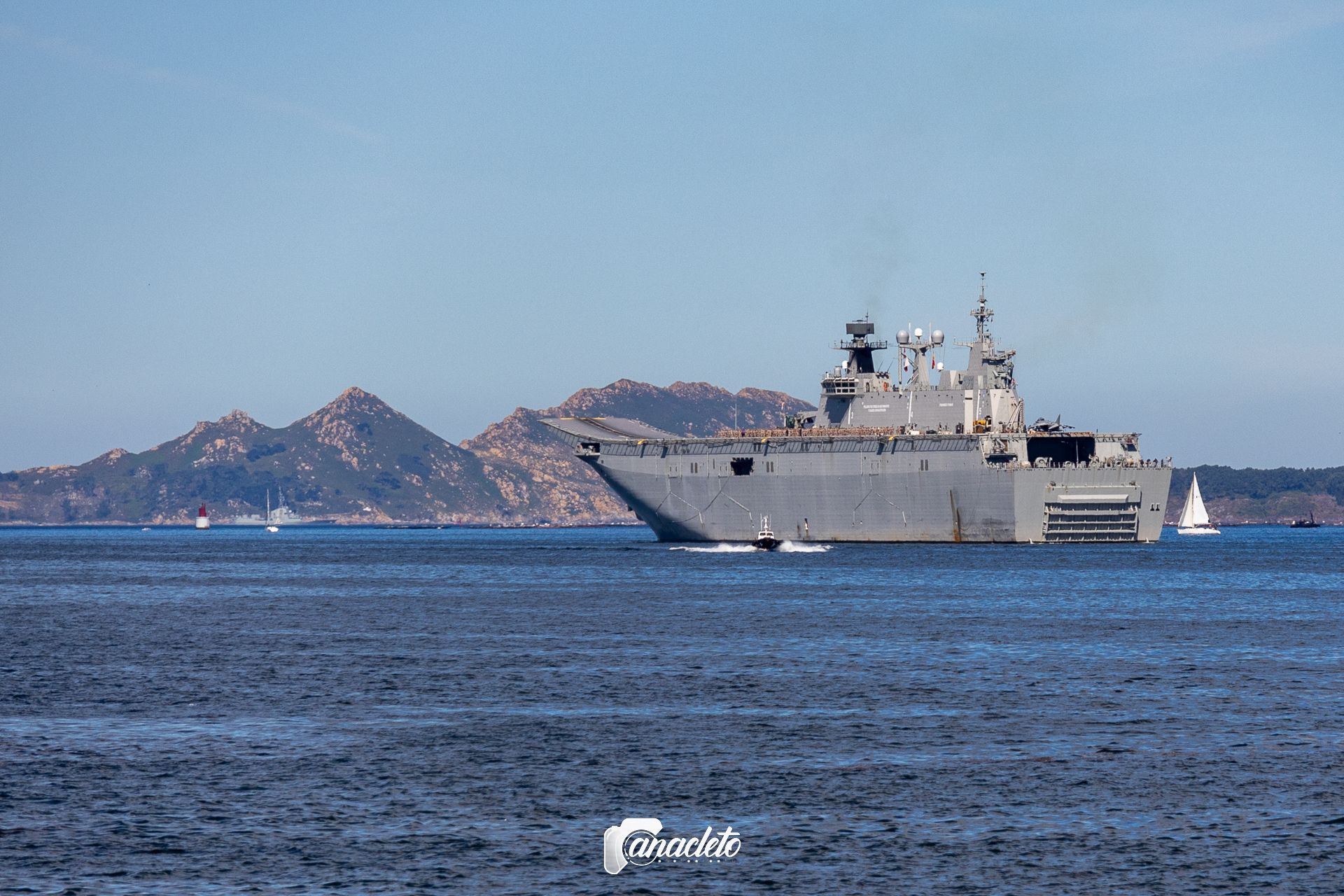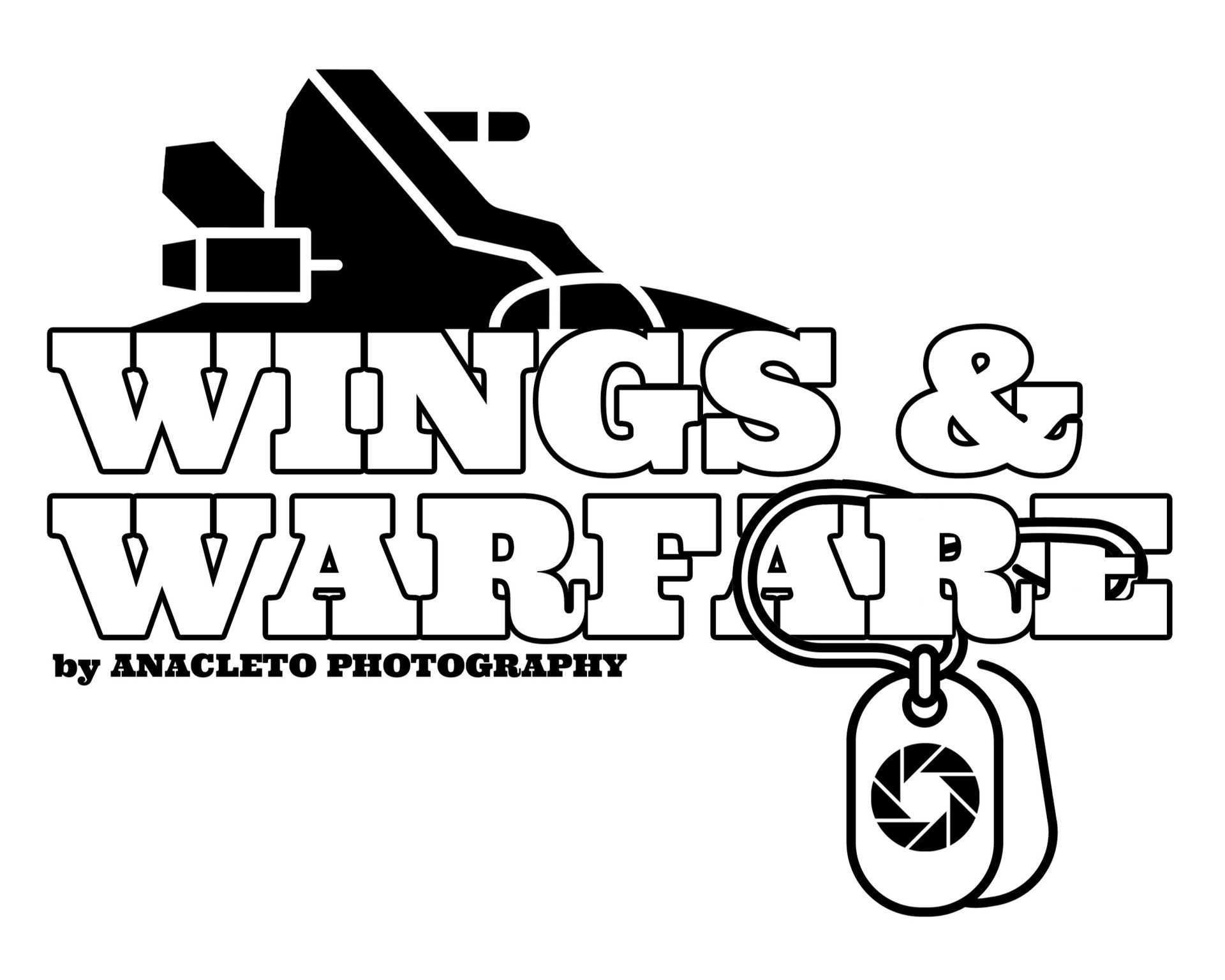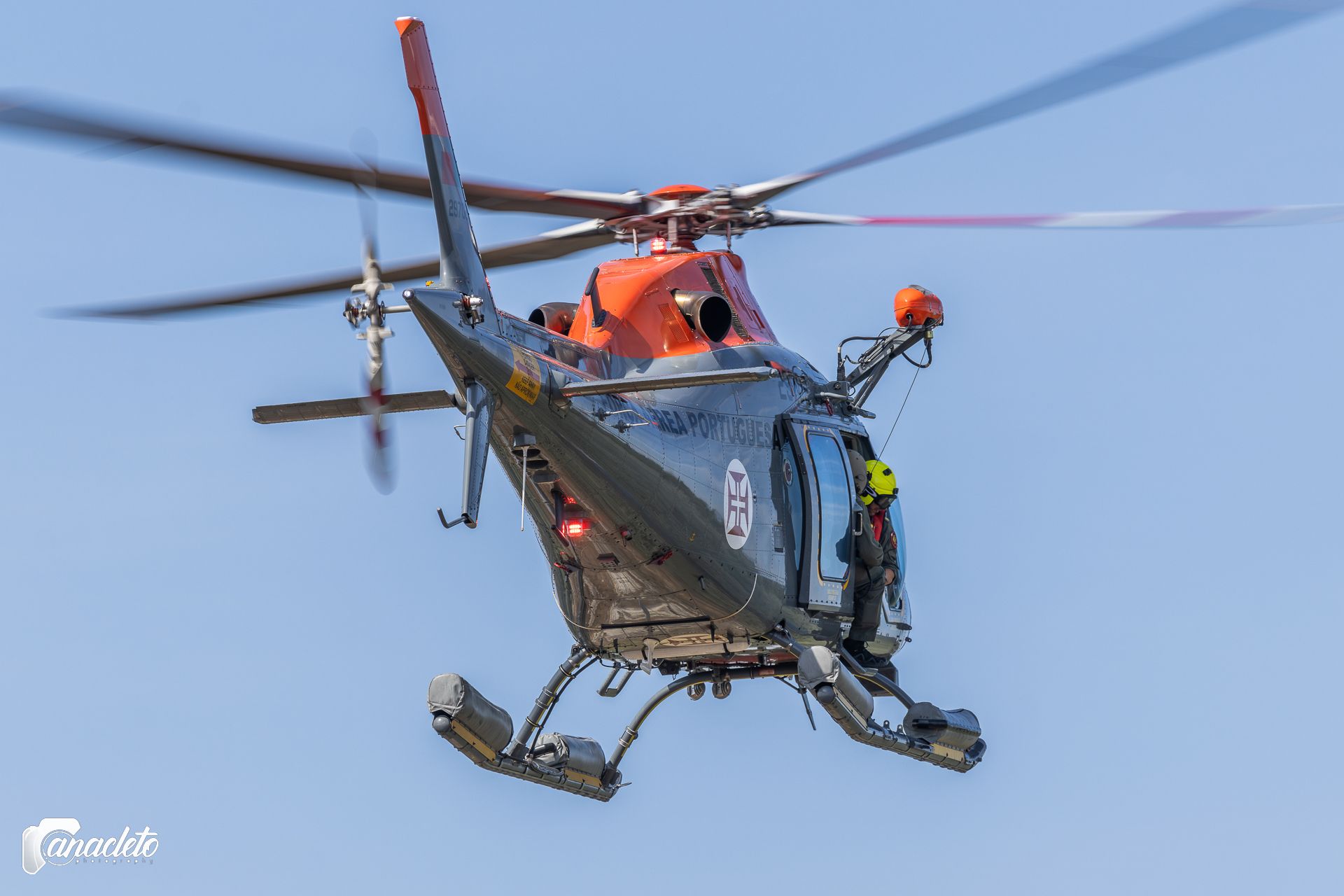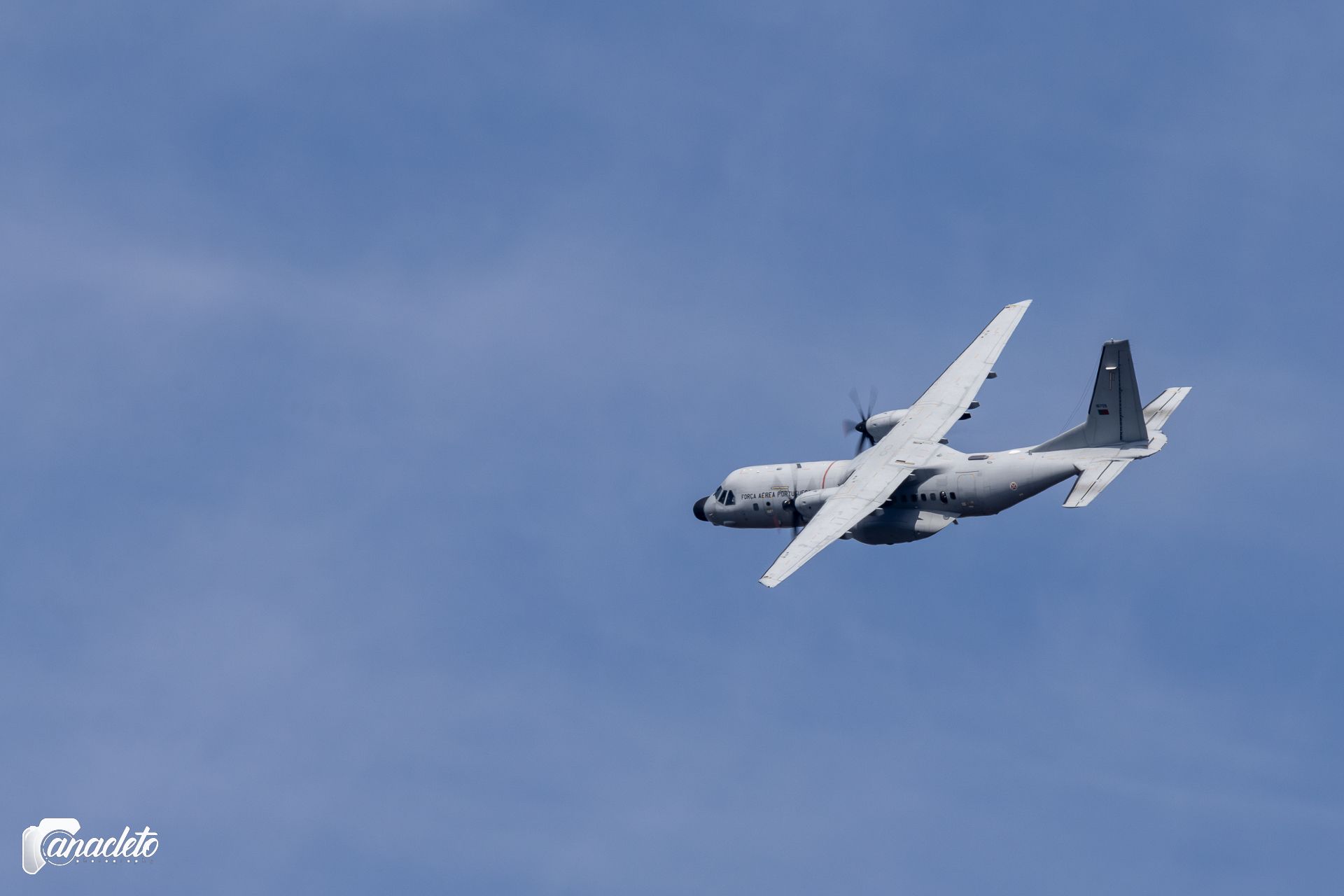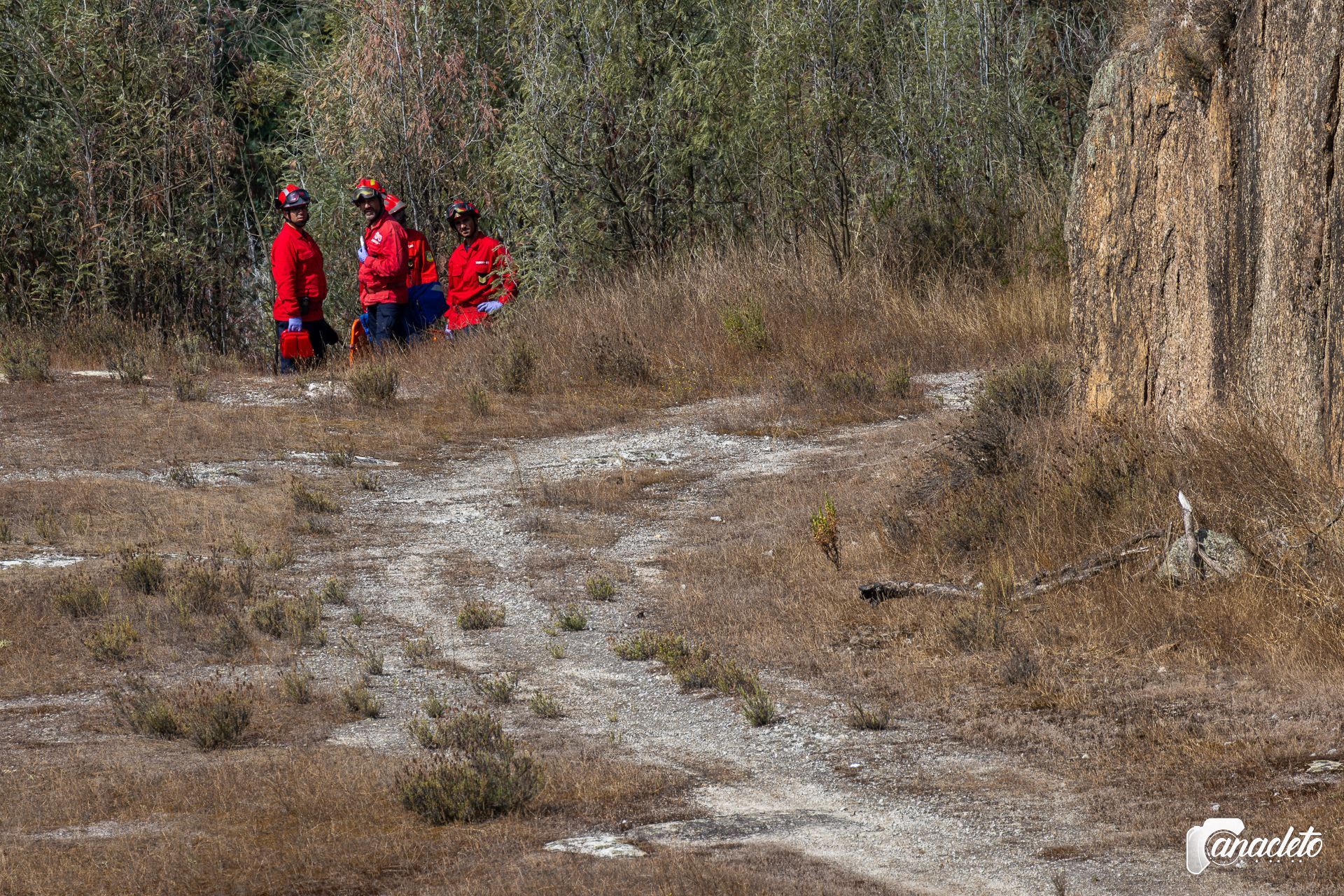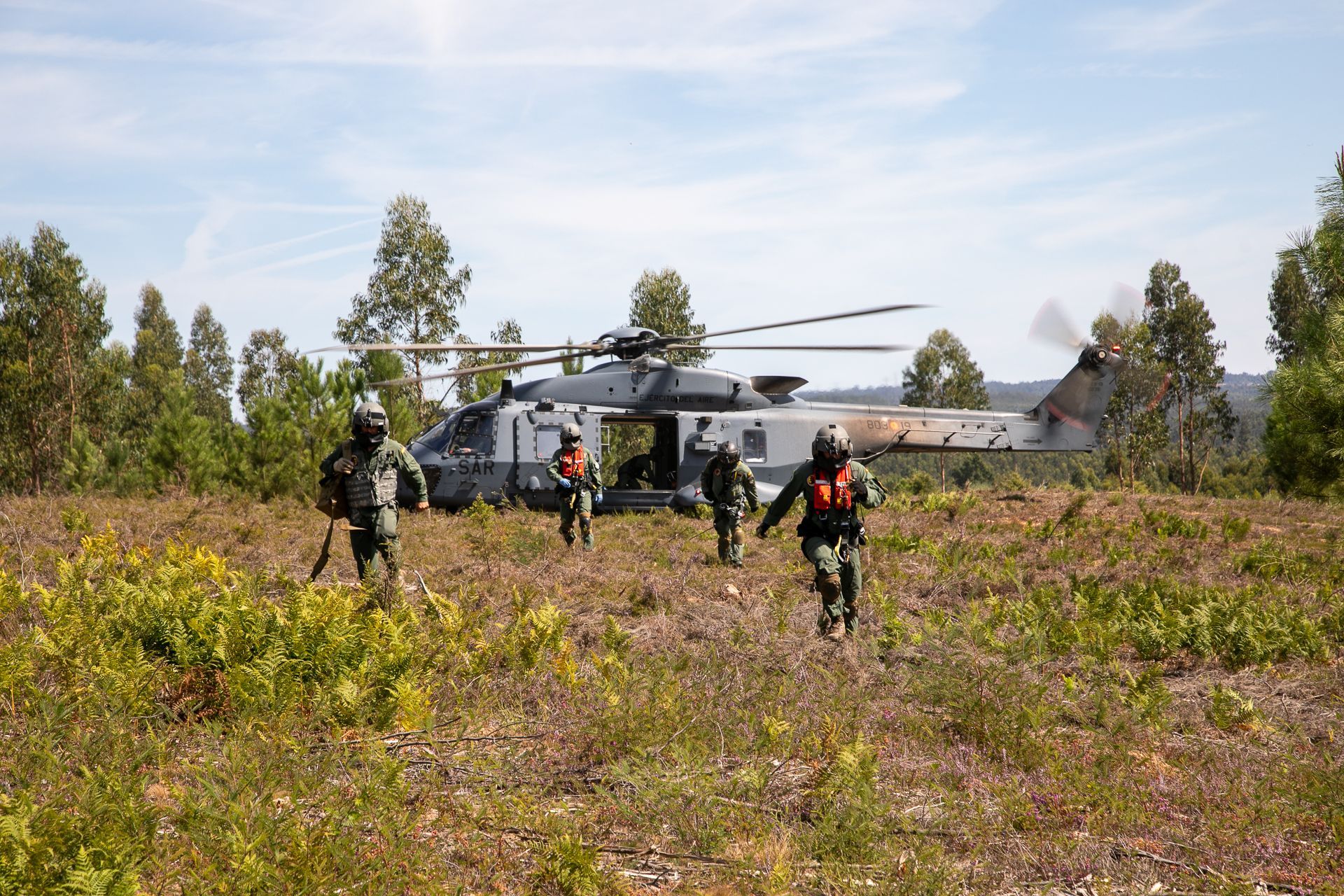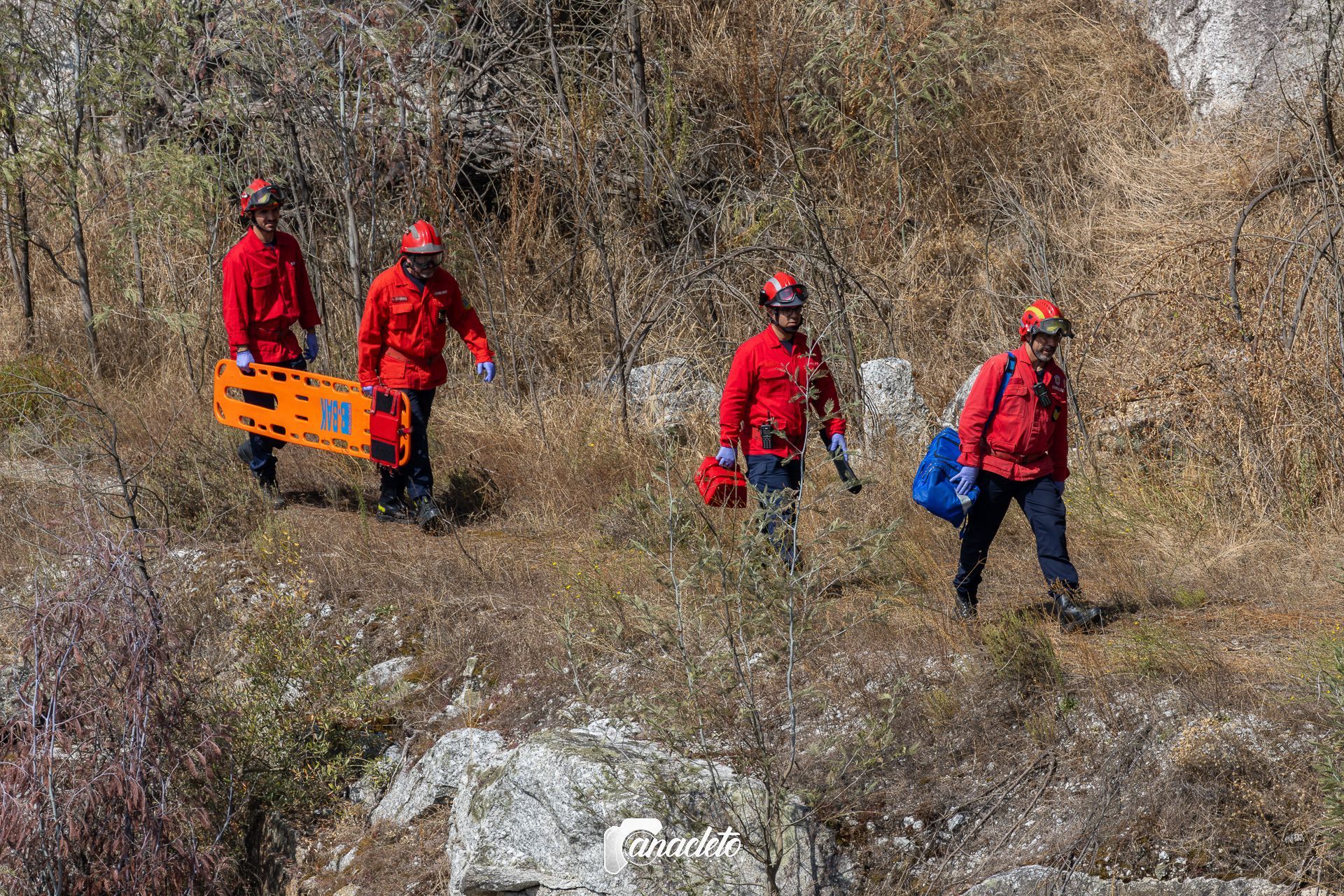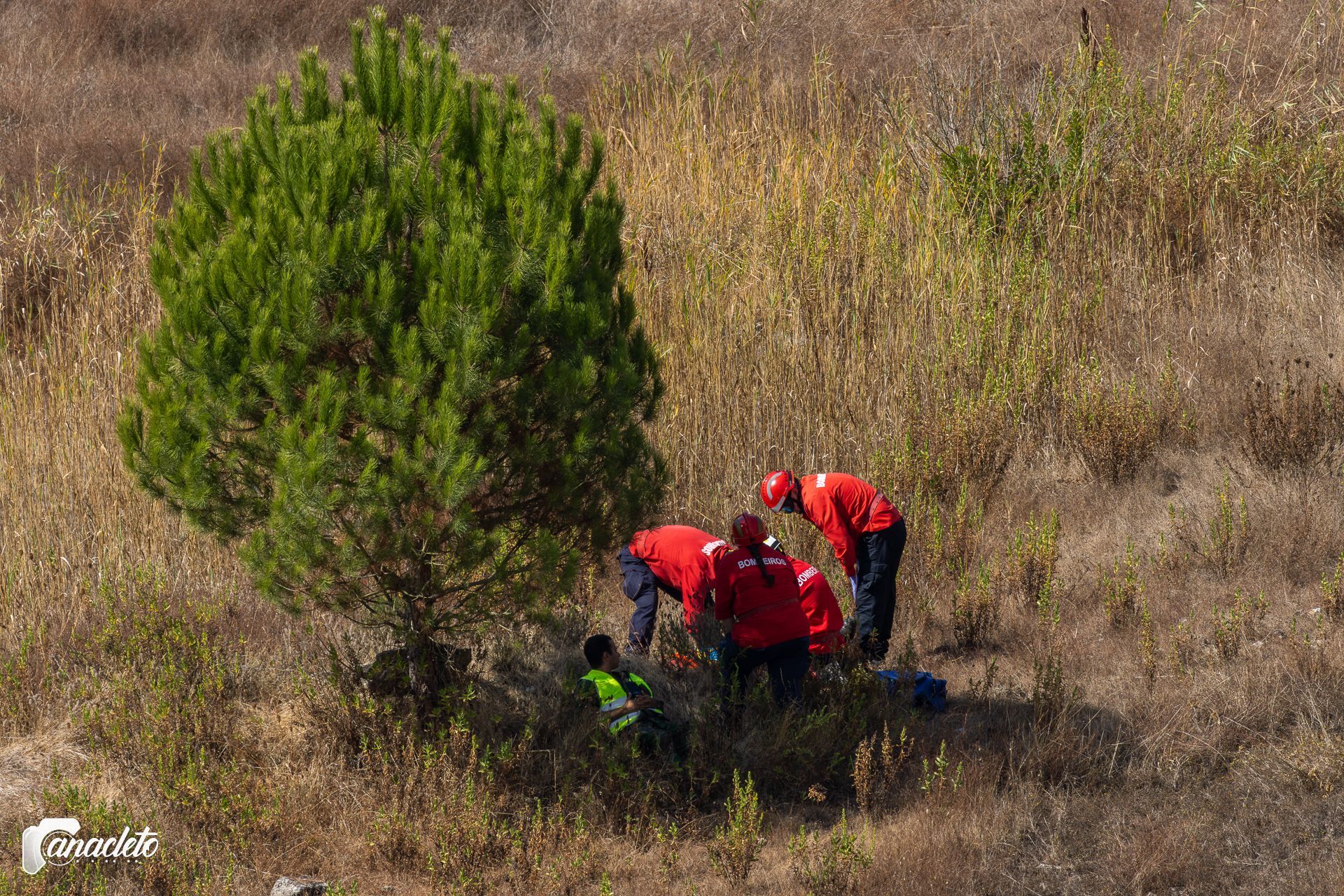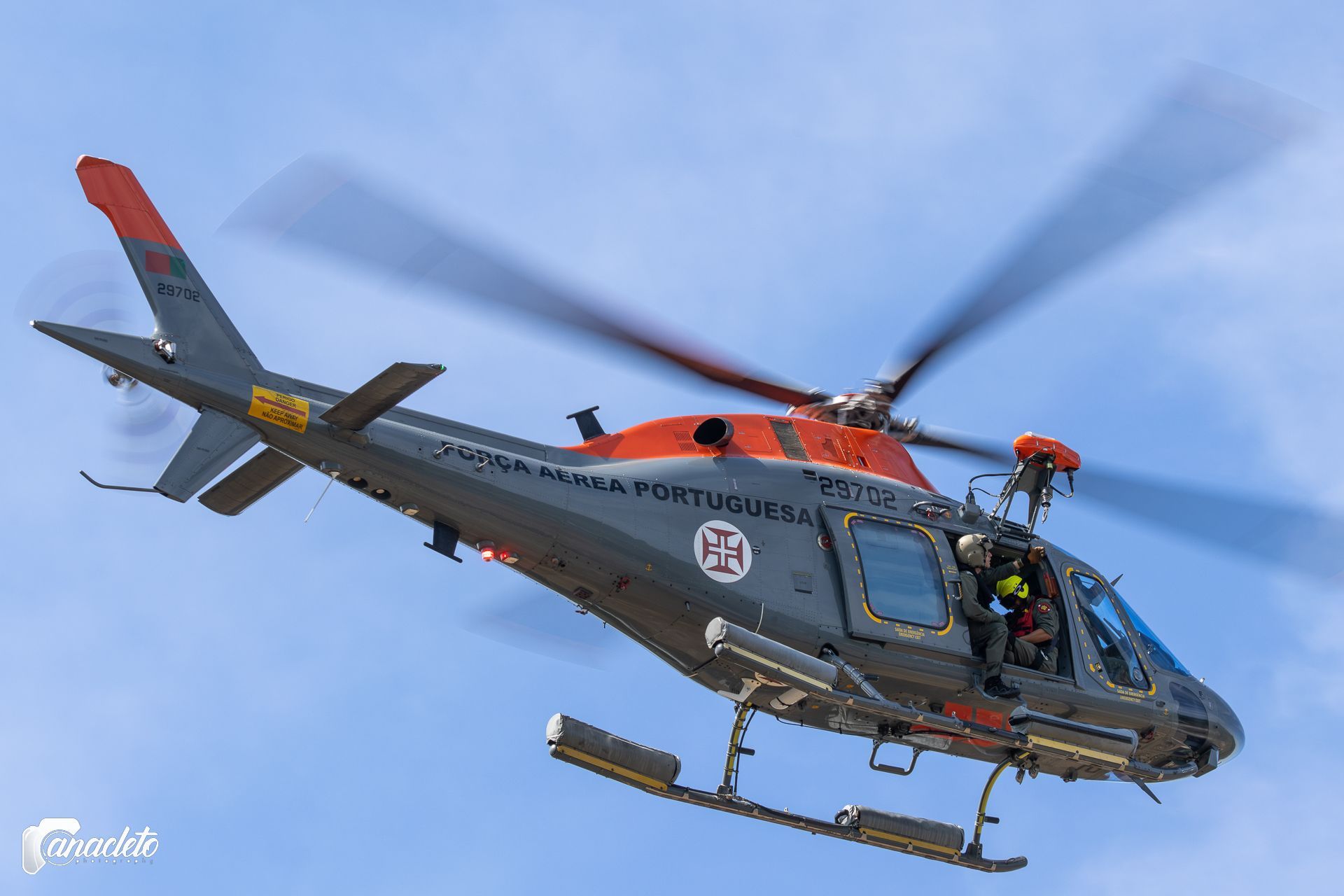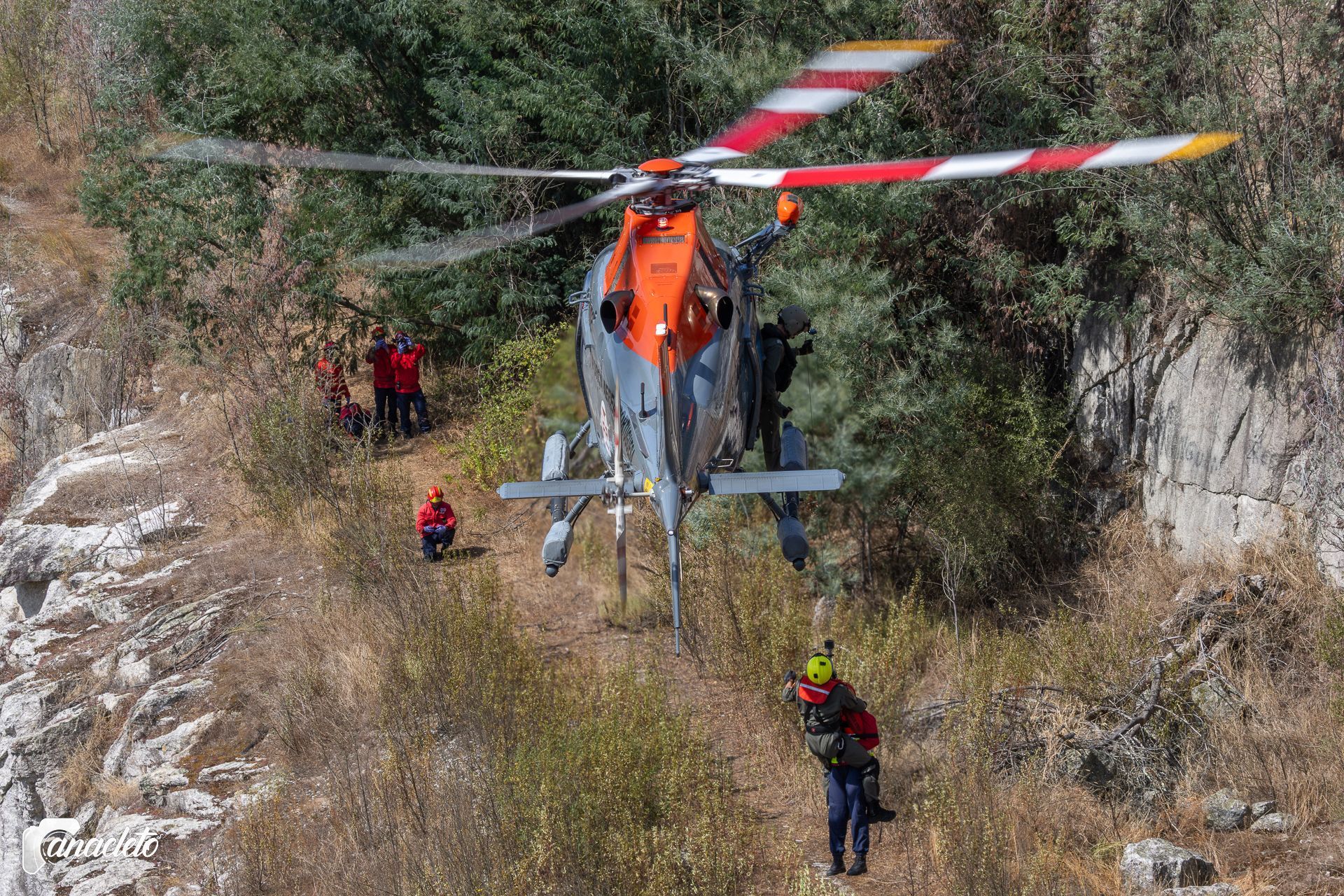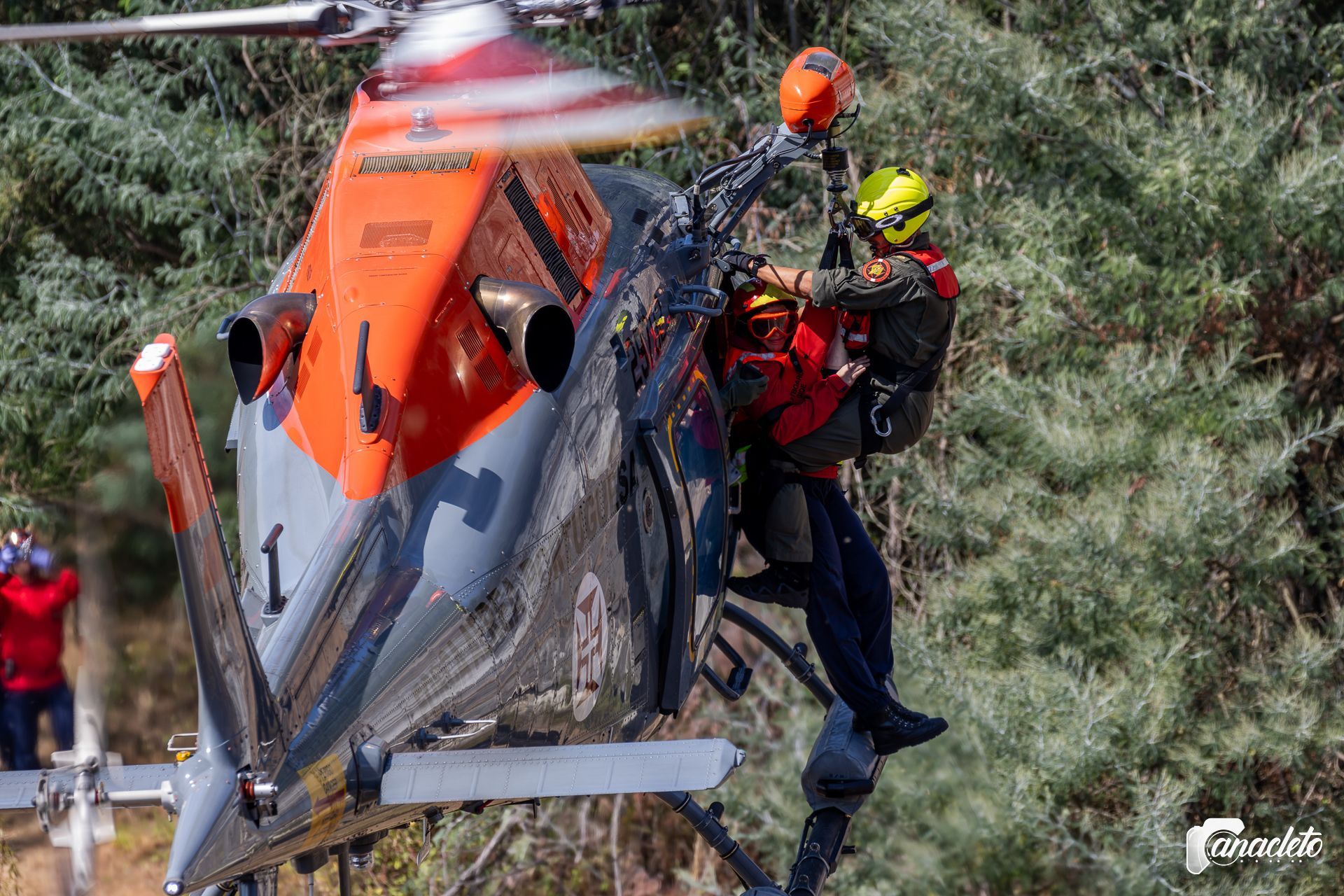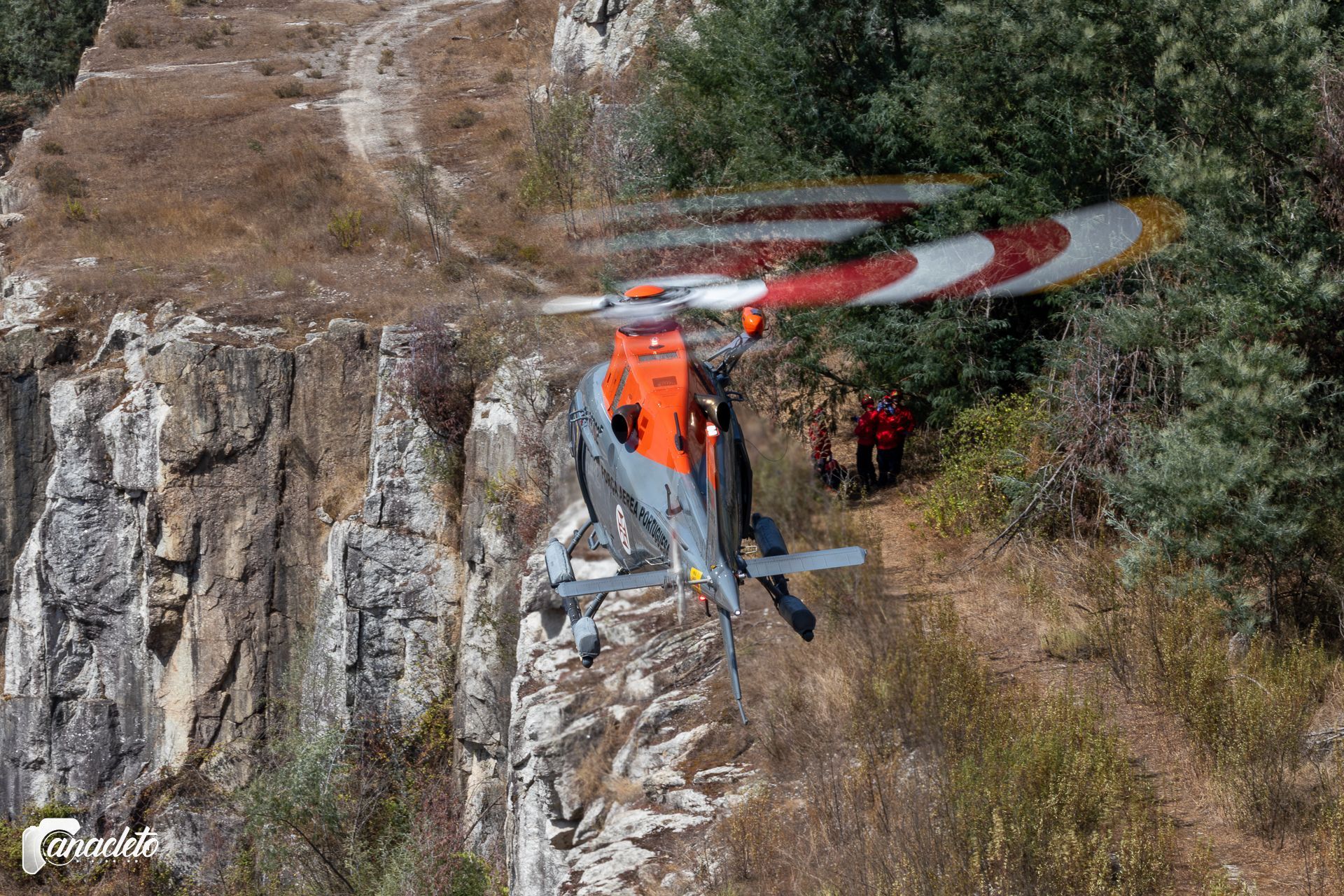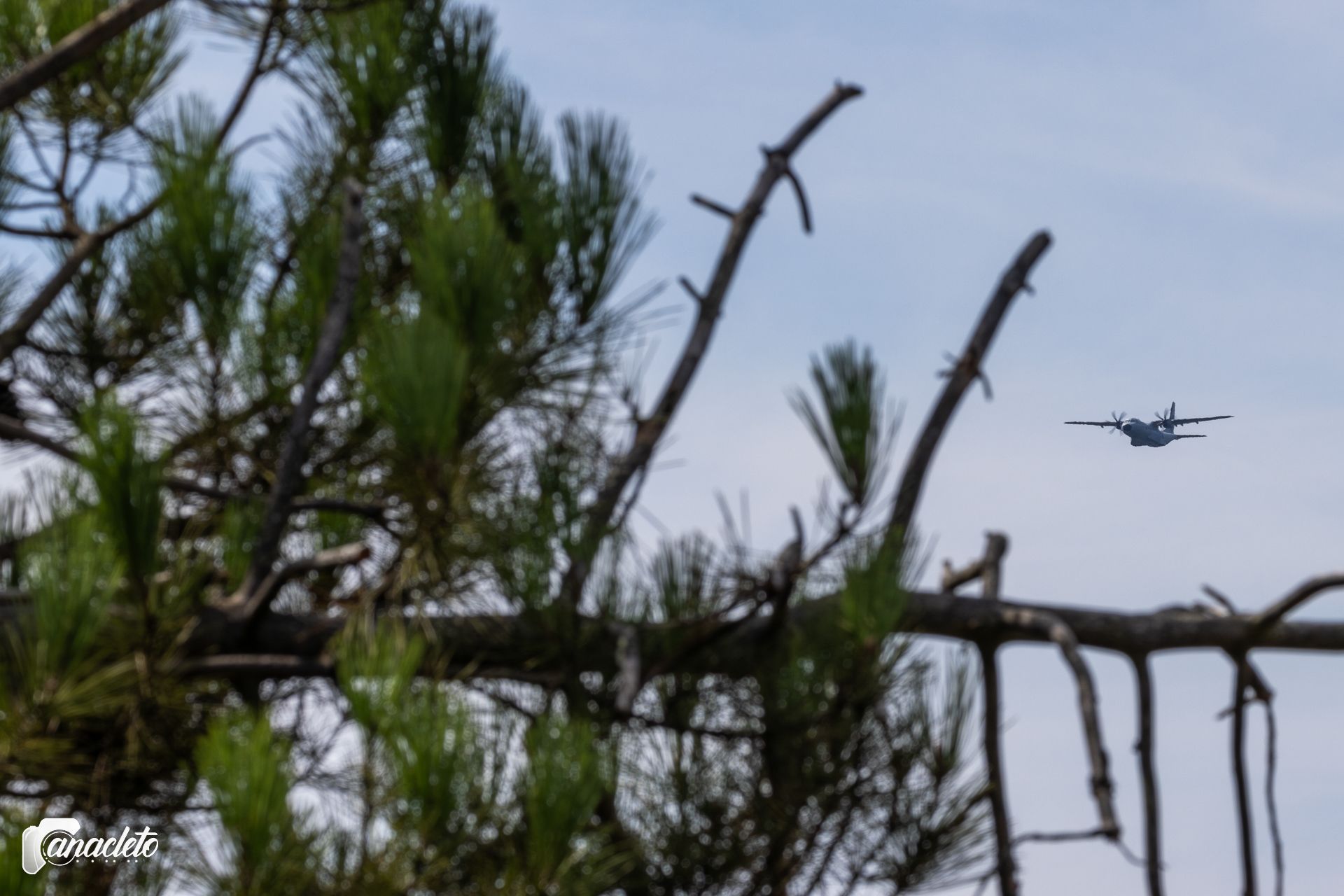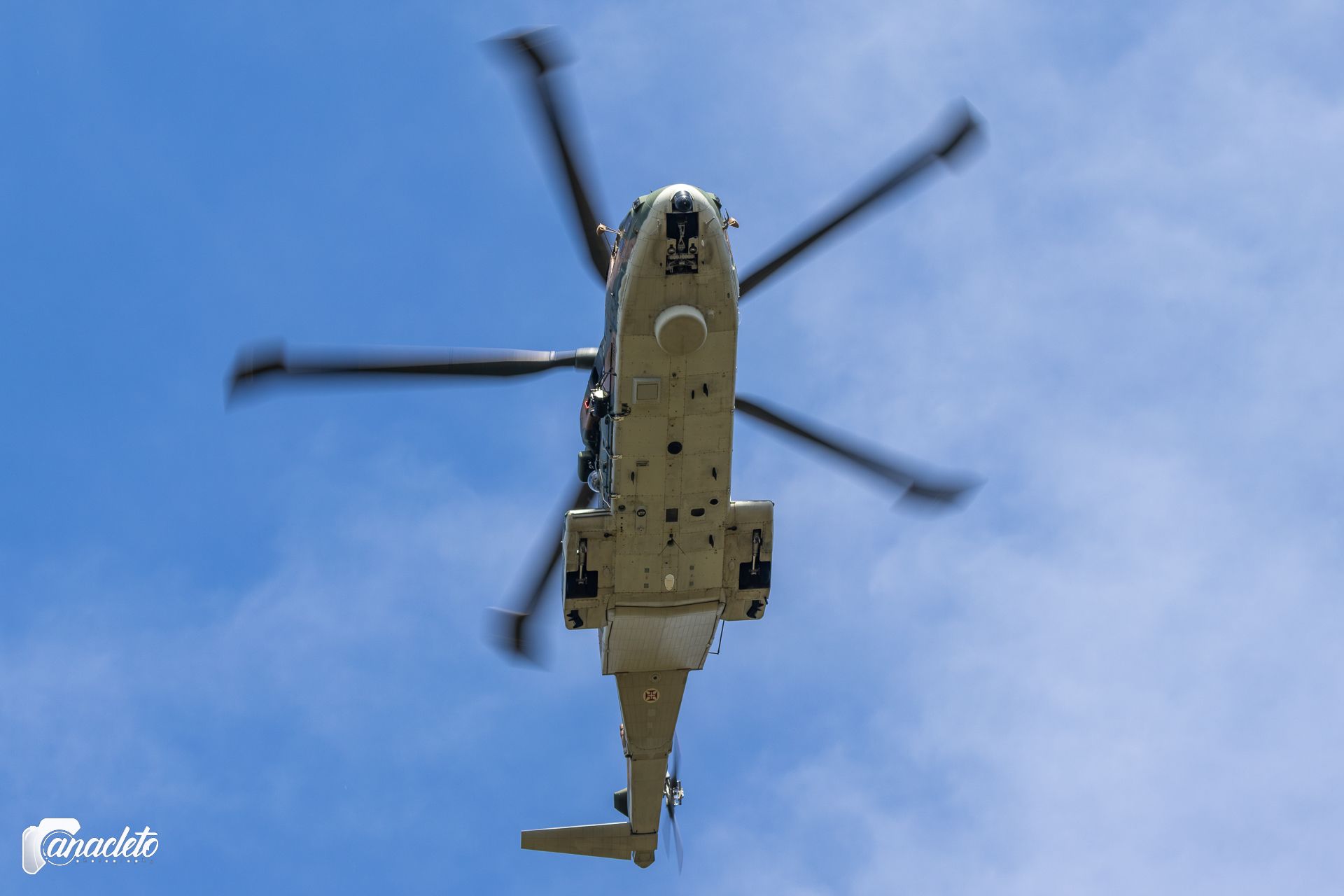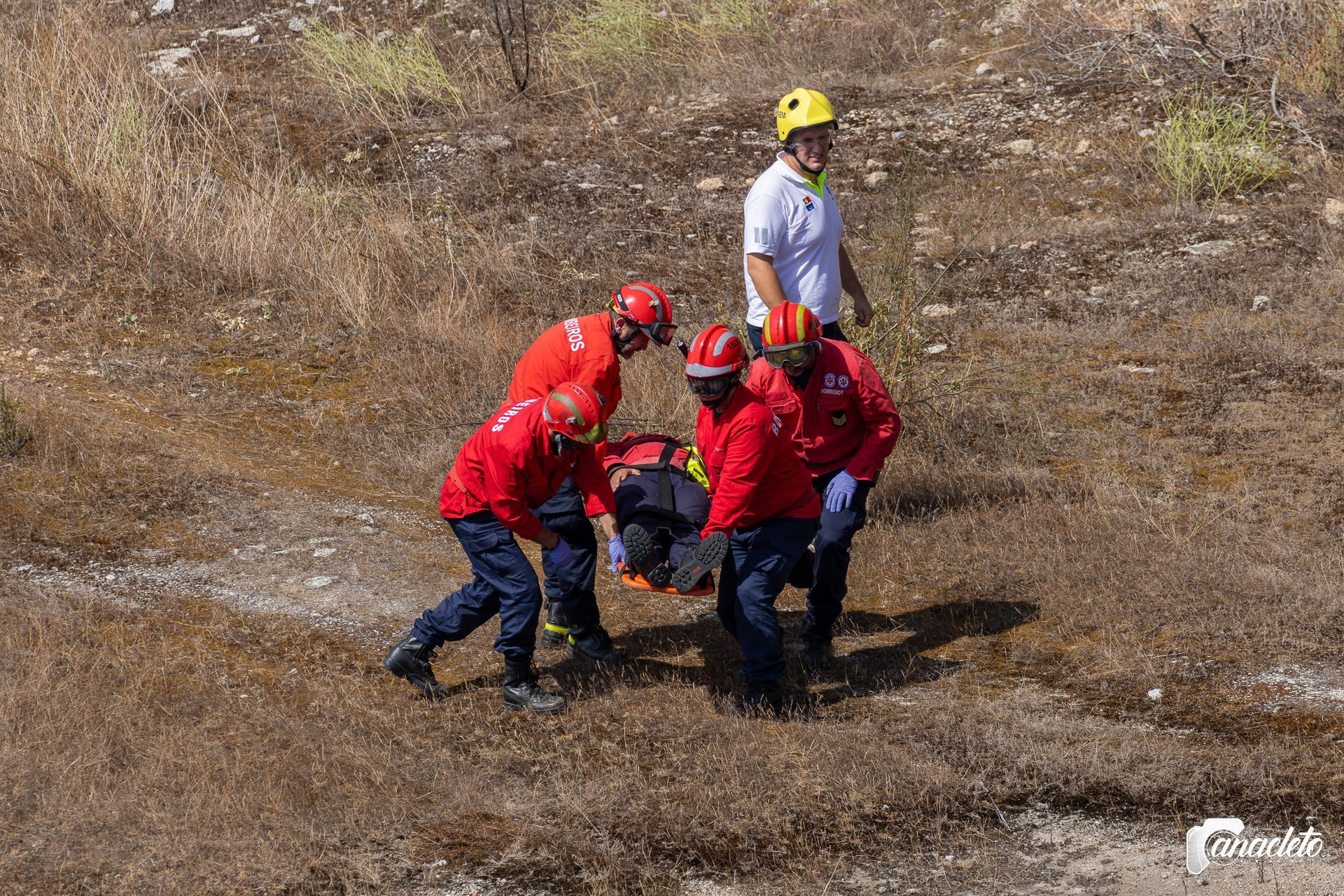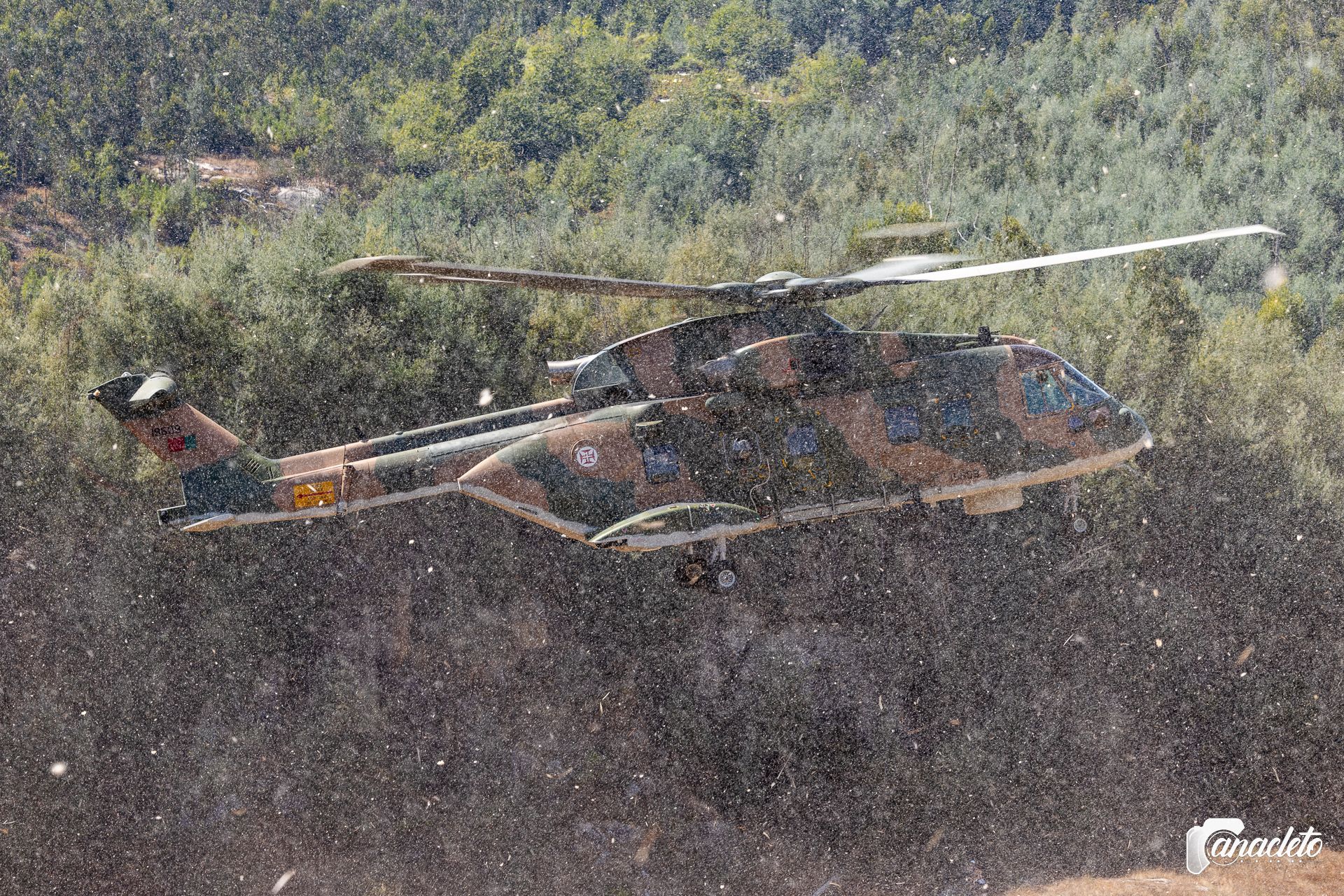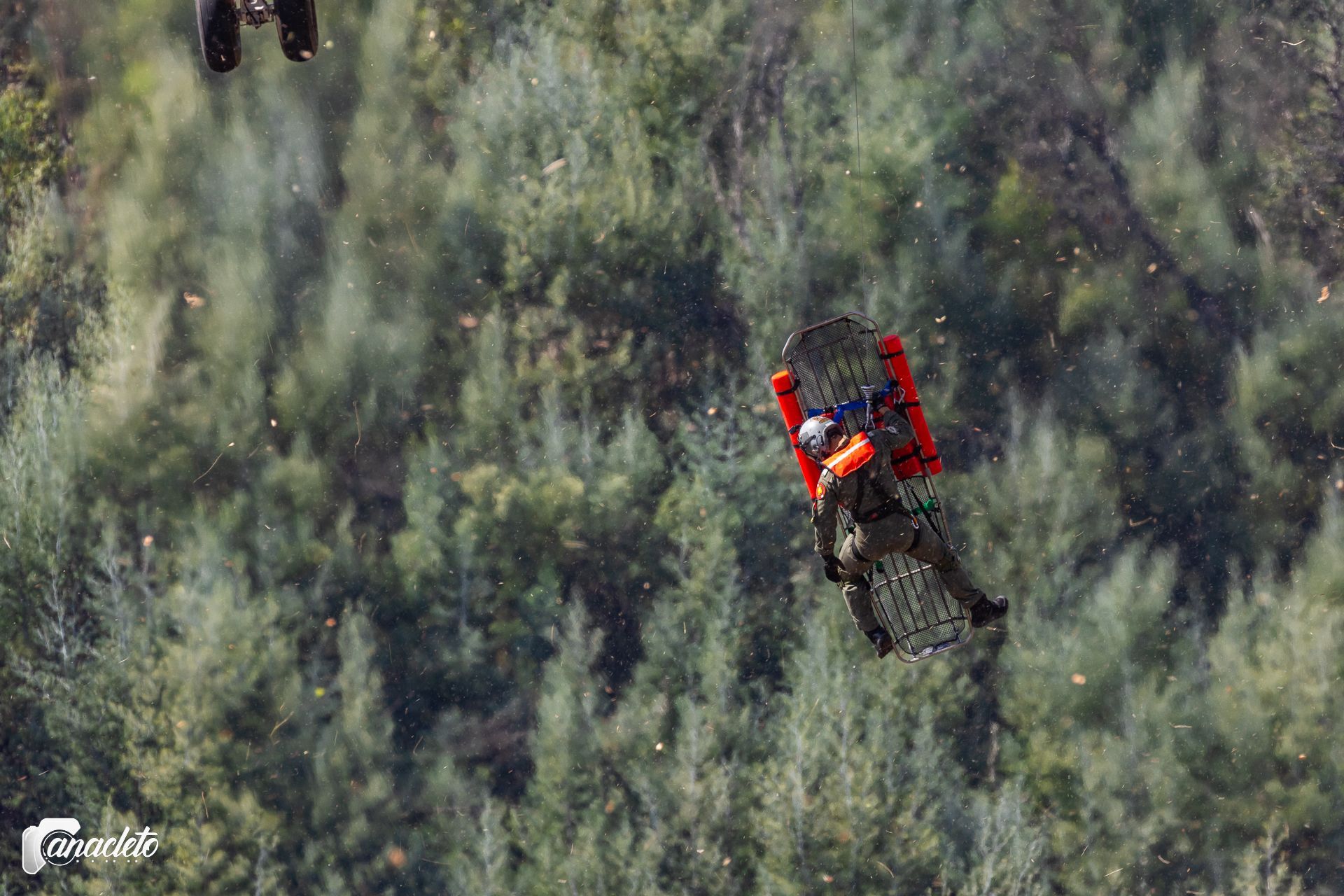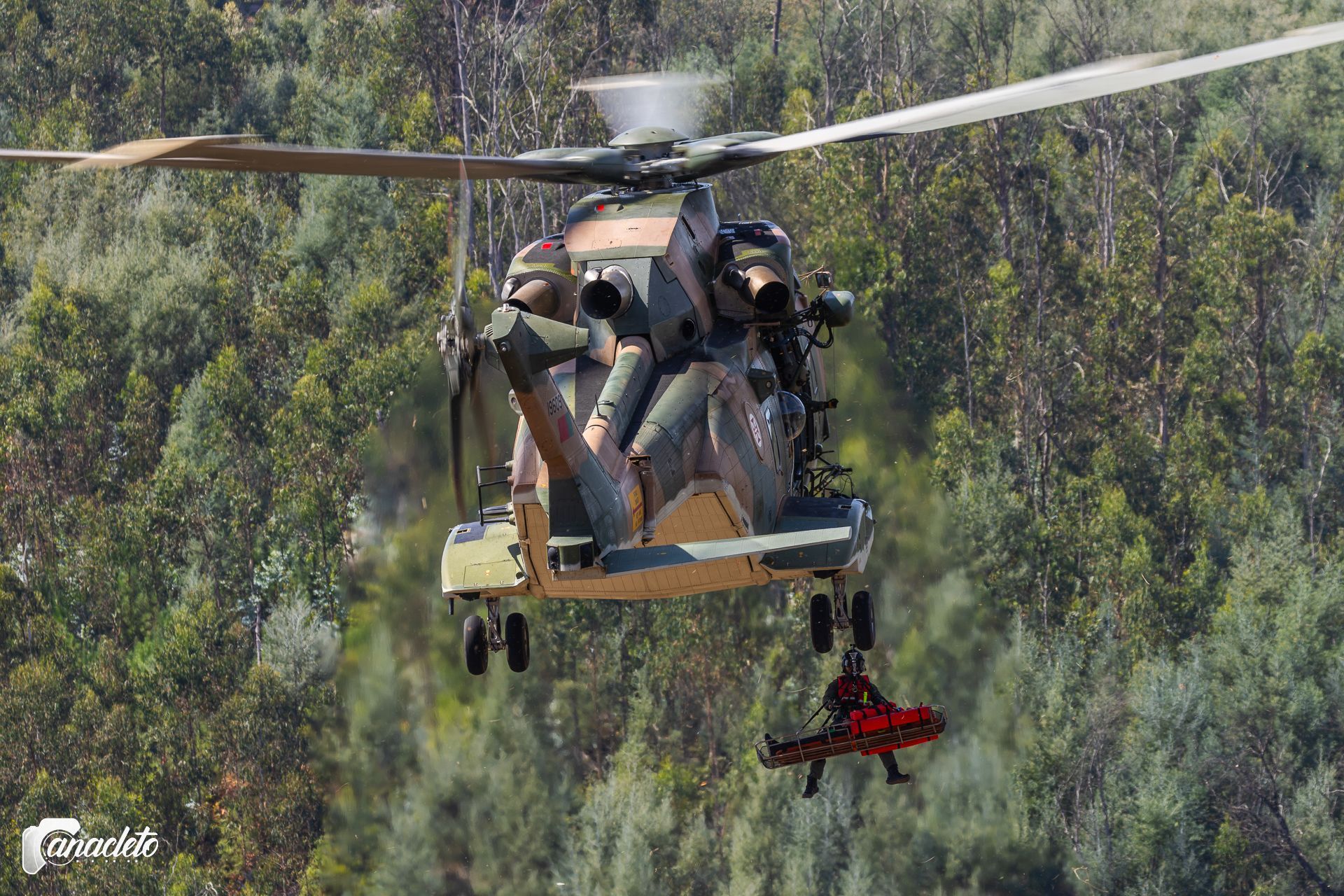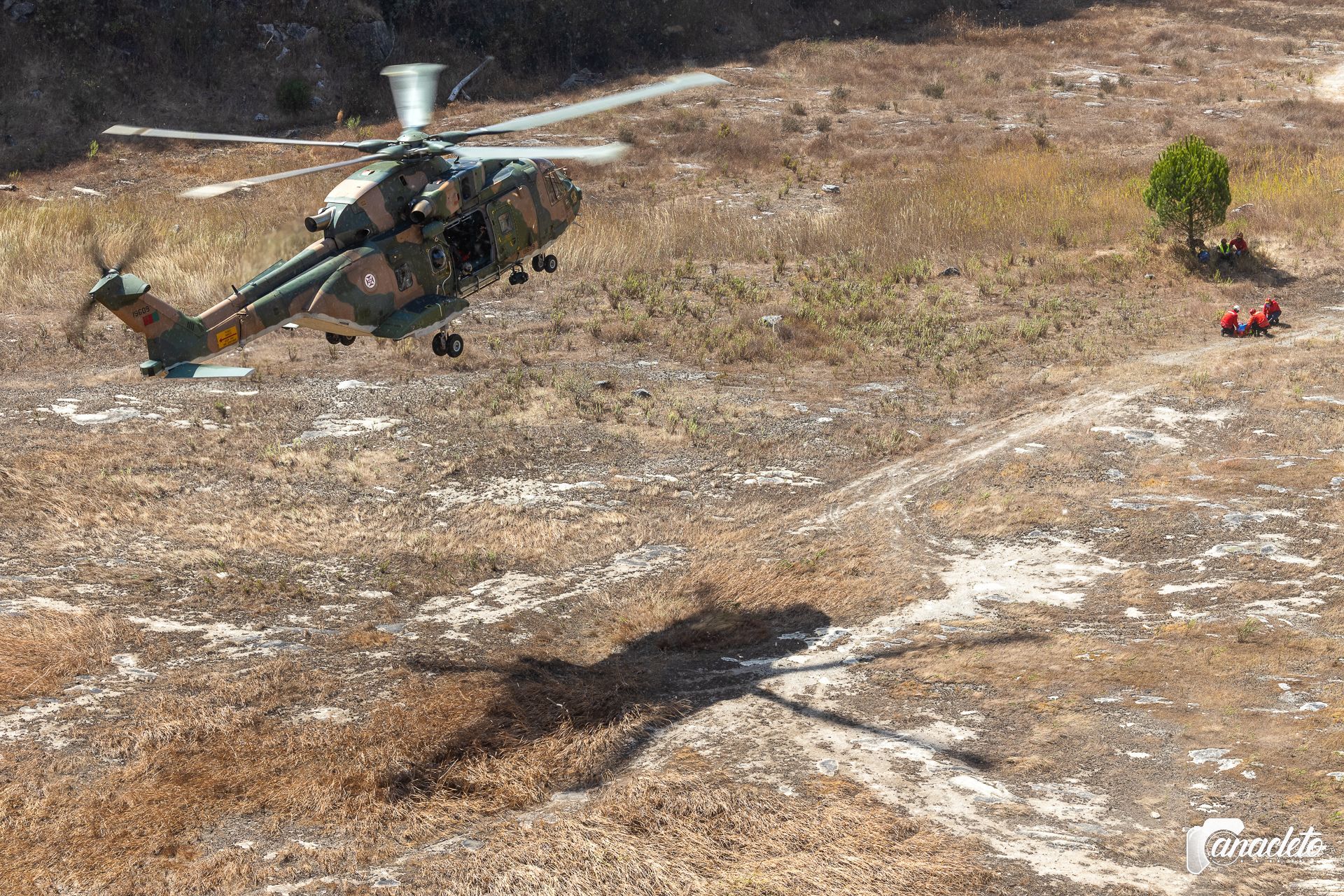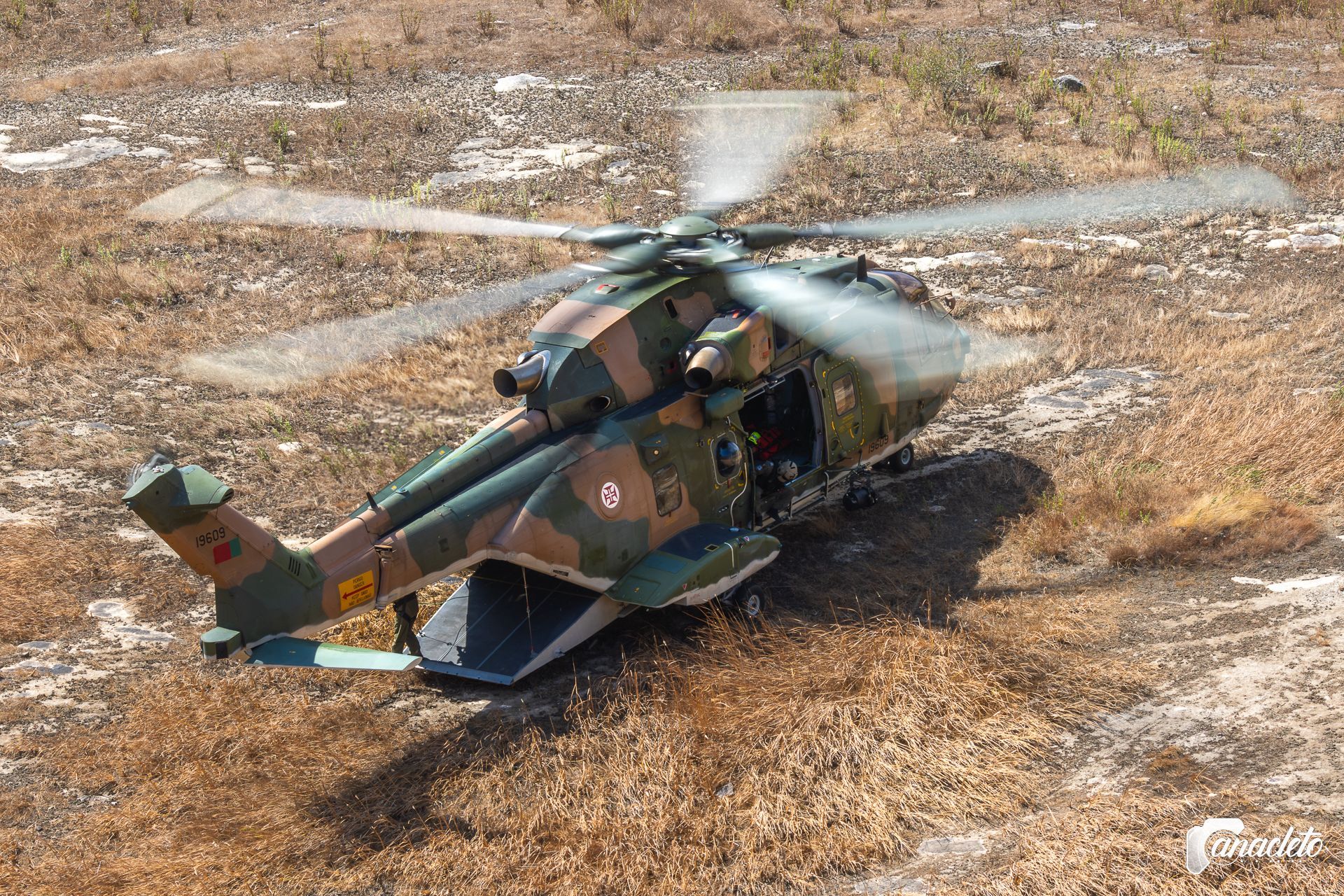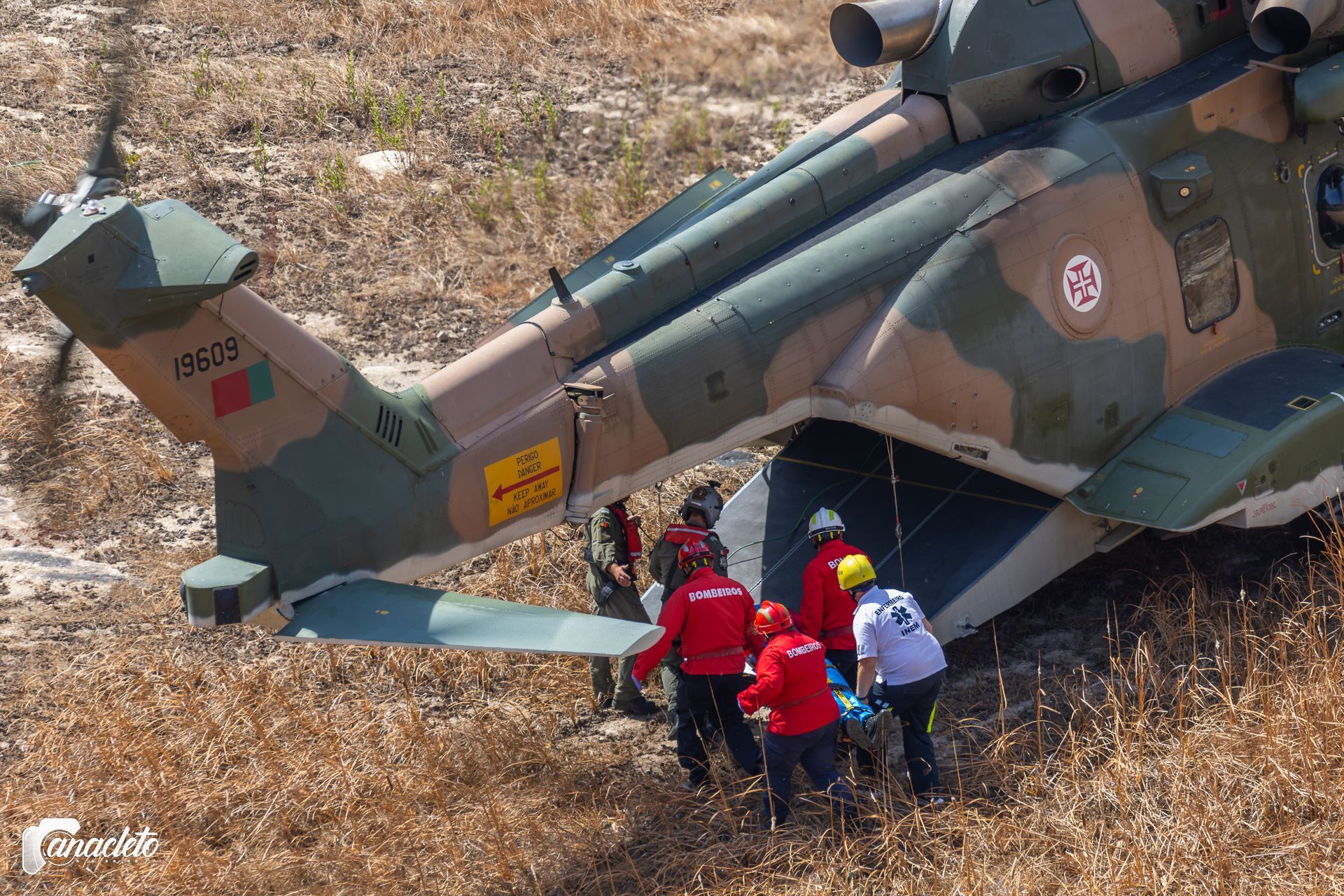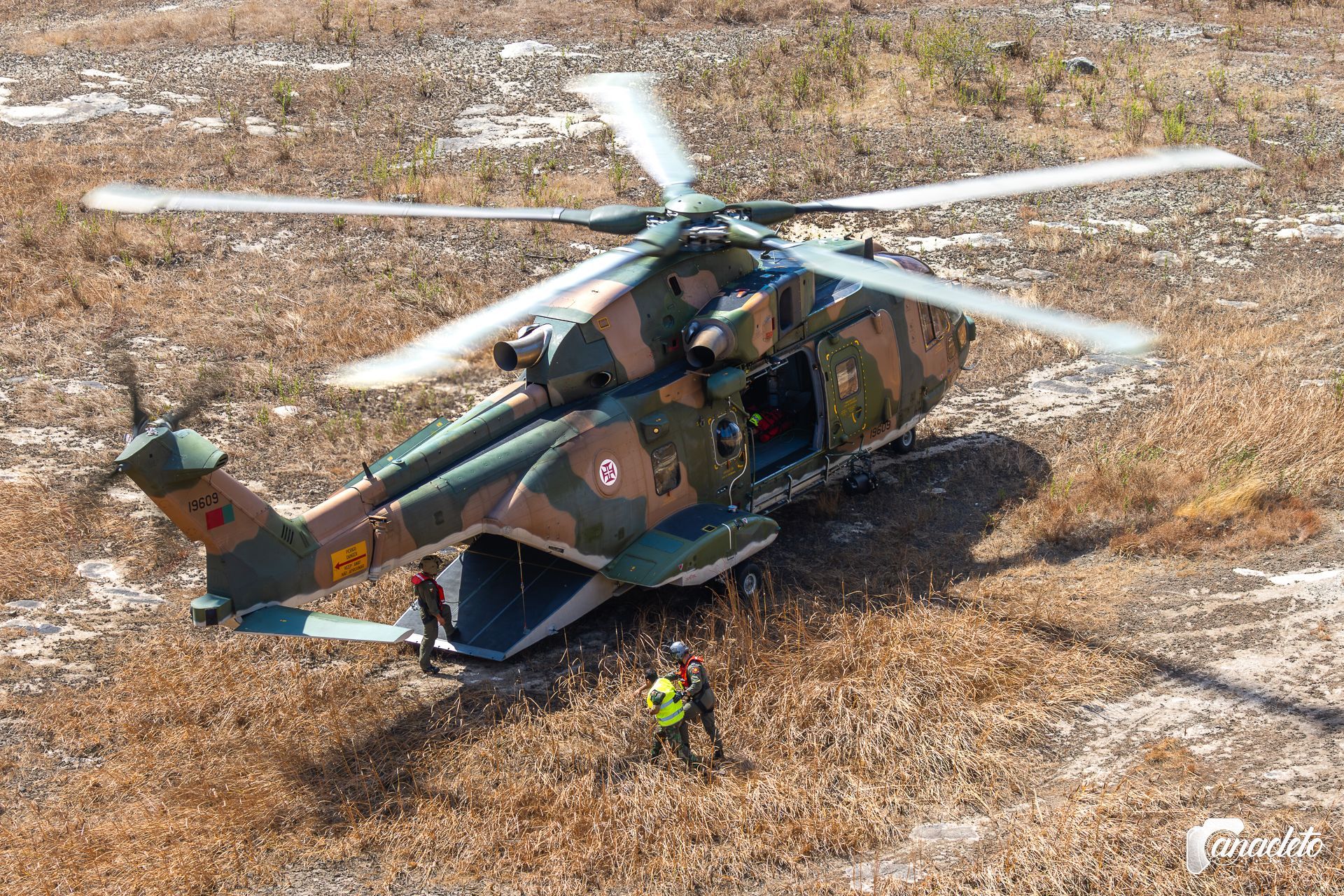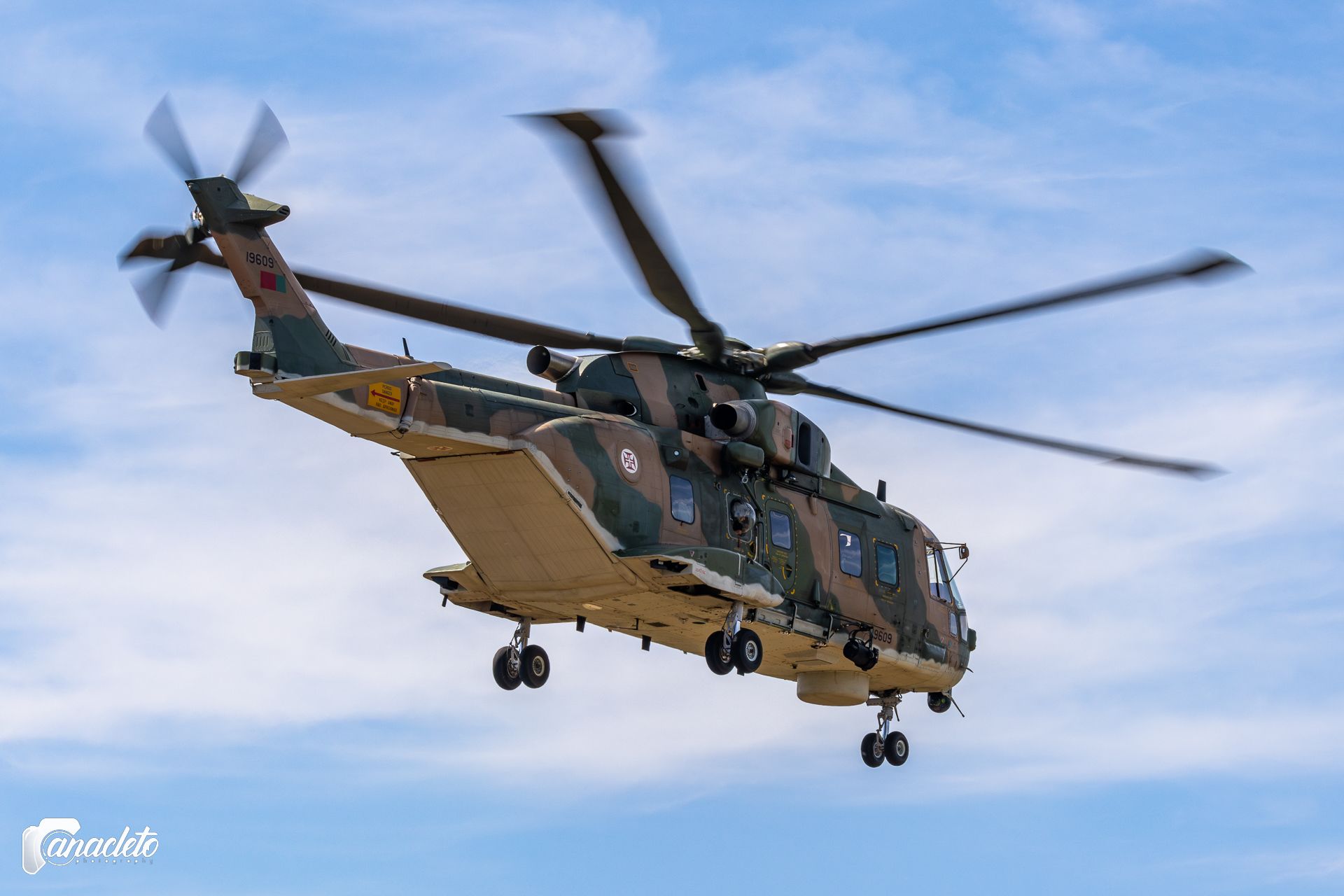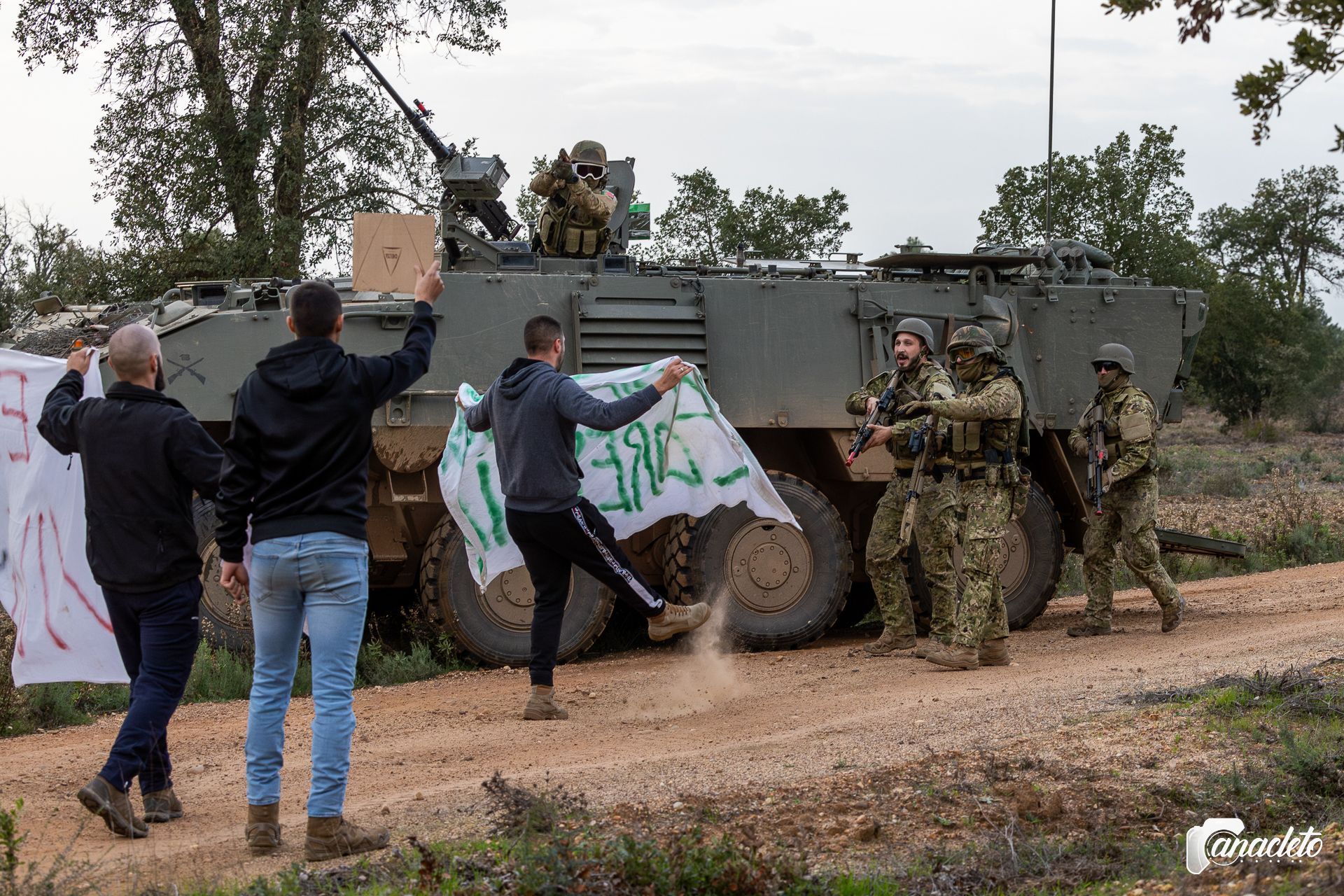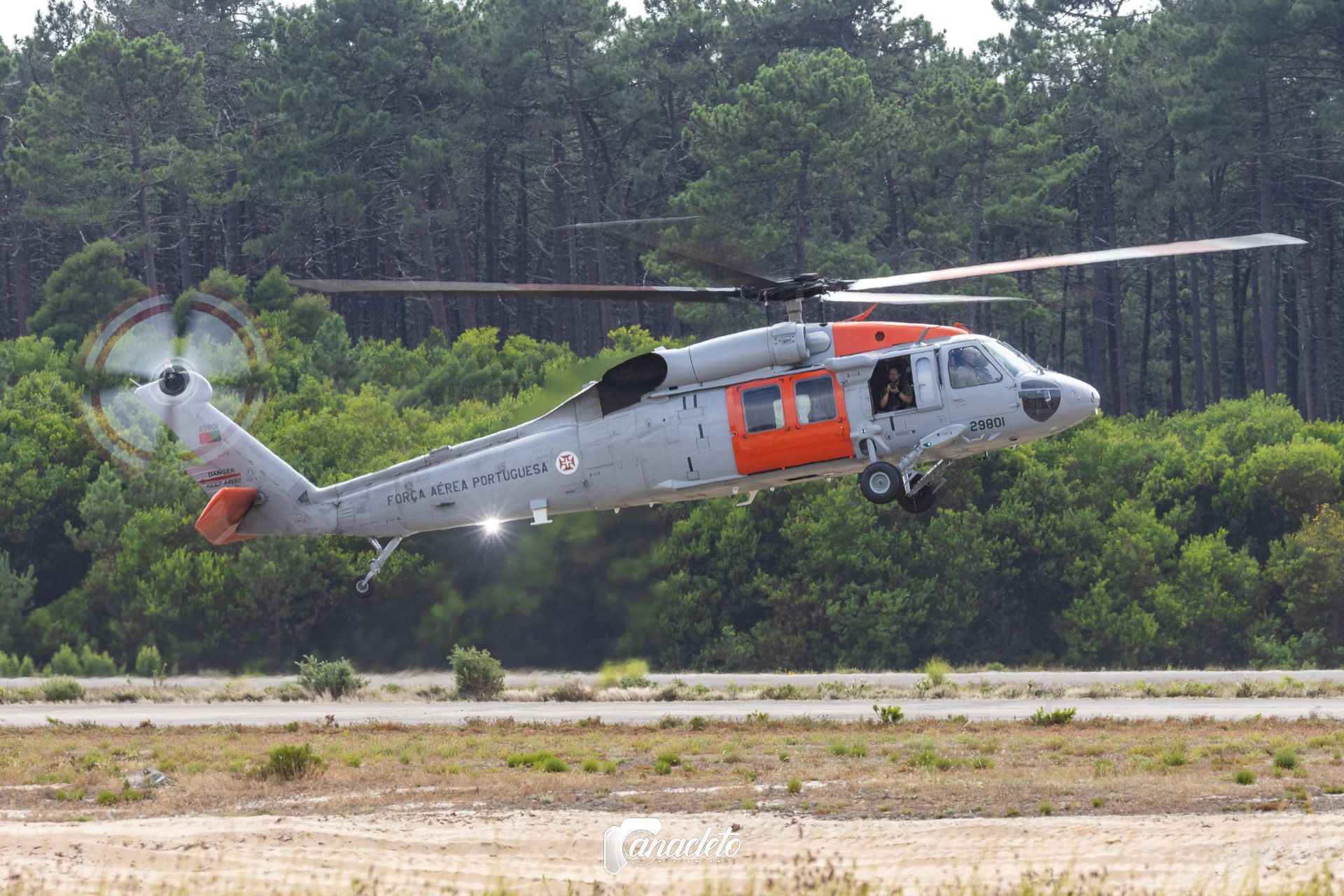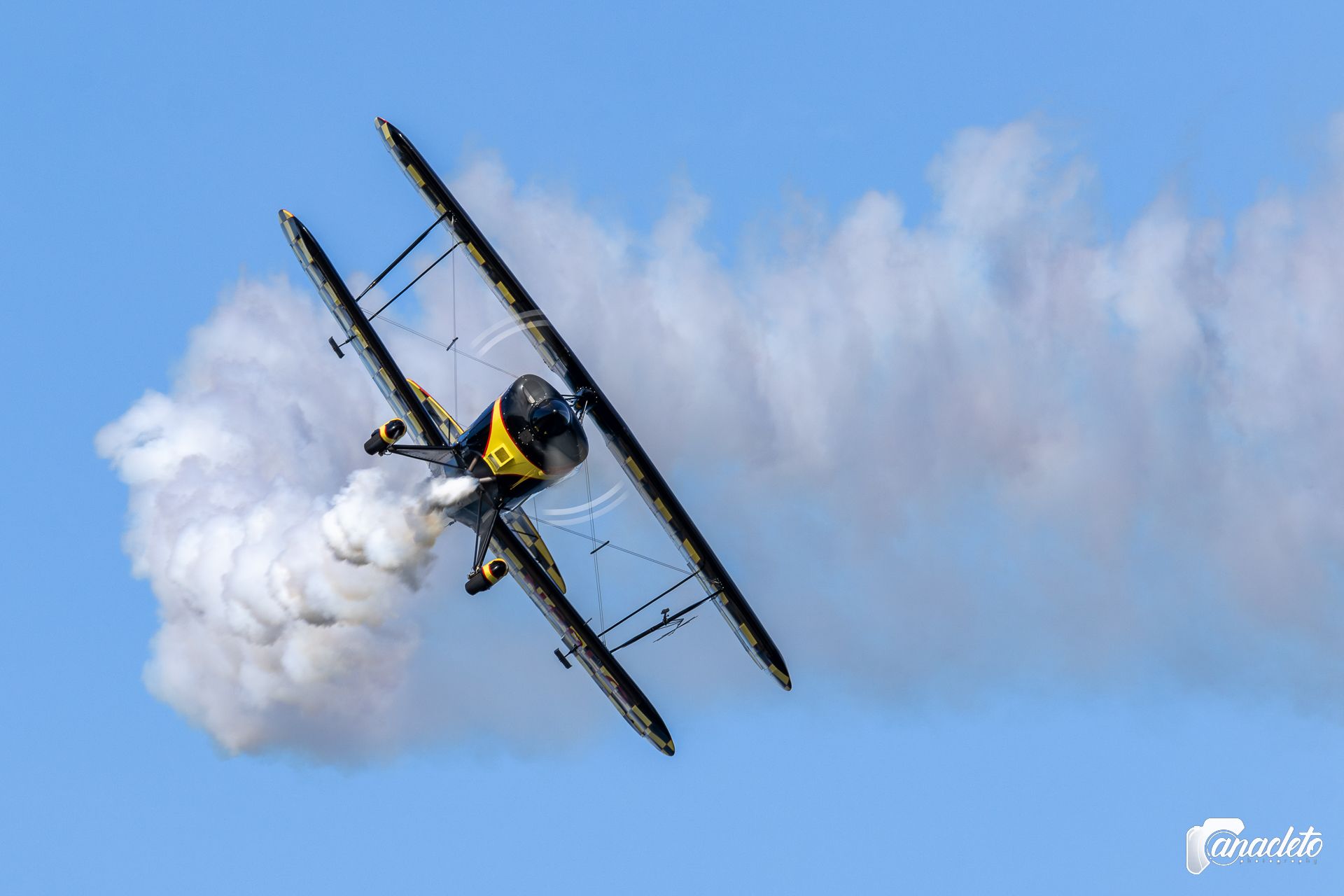MORSA-SATER 2024: Enhancing International Coordination in Air Search and Rescue Operations
From the 10th to the 12th of September, the MORSA-SATER Search and Rescue exercise took place once again, with the scenario being the crash of an aircraft. This “crash” led to the activation of the Air Search and Rescue System, a responsibility of the Portuguese Air Force established in Decree-Law 253/95 of September 30.
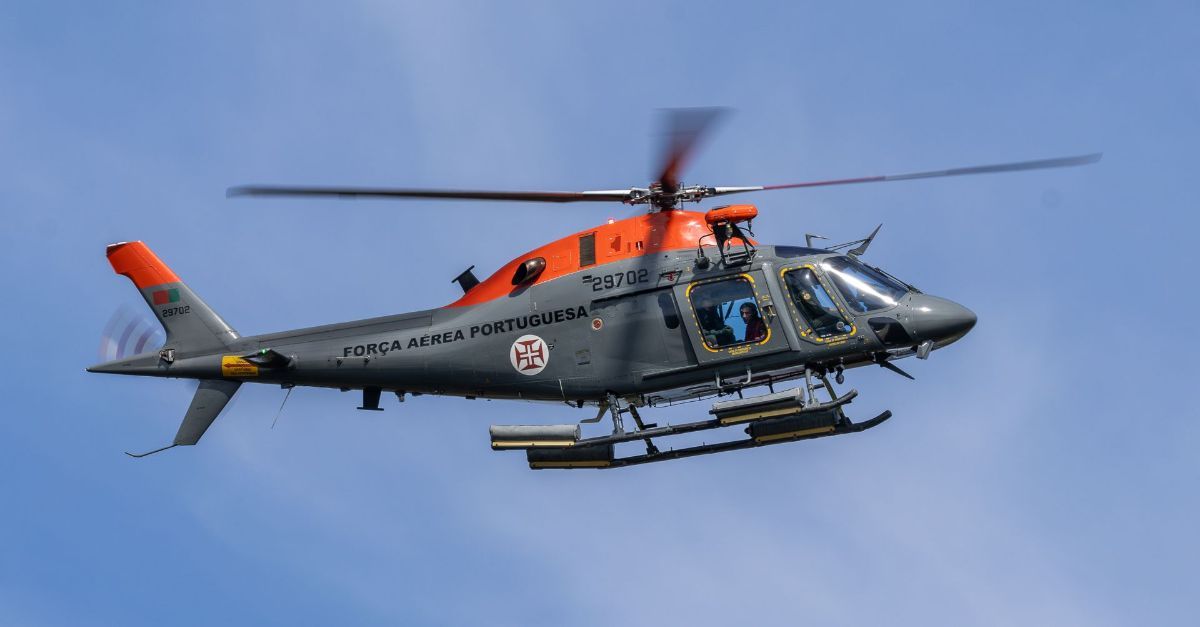
The origins of this exercise date back to 2001, when it emerged from a cooperation agreement between Portugal and Spain for Air Search and Rescue Operations. Taking place twice a year, with the organization alternating between the two countries, its main objective is to put into practice procedures in a maritime and/or land environment, in order to perfect the response to Search and Rescue mission scenarios, thus promoting training in coordination and interoperability between different organizations from the two participating countries, in the different phases of planning, execution and support.
Chosen scenario:
A civil aircraft takes off from Aveiro bound for Castelo Branco with 13 passengers on board. During the flight, the pilot reports technical problems to air traffic control. Shortly afterwards, the Lisbon Search and Rescue Coordination Center (RCC Lisboa) receives an alert that the aircraft has disappeared from radar while flying over the Viseu region. As it is not known what happened to the aircraft, and as the Portuguese Air Force is responsible for the Air Search and Rescue mission, the necessary assets were deployed to try and locate the missing aircraft.
Initially, a C-295M aircraft was mobilized to the search area. This was later reinforced by an NH-90 helicopter from the Ejército del Aire y del Espacio, which was nearby, and an AW 119 Koala helicopter.
(Photos: Força Aérea Portuguesa)
Once the wreckage was found, the search for survivors began. The teams realized that some of the passengers, in order to find a place with a mobile signal that would allow them to contact the emergency services, split into two groups and moved away from the crash site. These two groups were located near cliffs that were difficult to access, which meant that the AW119 Koala had to be mobilized there. After arriving at the site, the Koala makes several passes to ensure that the area is safe for rescue operations and identifies the number of victims present. It then extracts the first victim which, due to its limited occupant capacity, requires it to go to a helipad to hand them over to the medical team.
During that time, the C-295M made two passes in order to confirm the number of victims still there, and then the EH-101 Merlin helicopter was dispatched to extract the remaining victims.
At the end of the exercise, all the passengers were found, with only one fatality recorded.
In this edition of the exercise, in addition to the participation of the various air units of the Portuguese Air Force and the NH90 of the Ejército del Aire y del Espacio, there were also the participation of the RCC Lisboa and RCC Madrid, teams from the Autoridade Nacional de Emergência e Proteção Civil (ANEPC), the Instituto Nacional de Emergência Médica (INEM), the Guarda Nacional Republicana (GNR), the Santa Comba Dão and Tondela Fire Departments and health teams from the Portuguese Air Force's Núcleo de Evacuações Aeromédicas.
The exercise ended with a debriefing at Air Base Nº8 in Maceda, Ovar, where Colonel Agostinho Rocha, Head of the Air Force's Air Operations Center, thanked everyone for their participation, stressing the “importance of the Search and Rescue mission with interoperability”. In the Colonel's words, “We often say, train as you fight... We train every day, exactly as we expect to be employed in a real way” ("Nós costumamos dizer, train as you fight… Nós treinamos todos os dias, exatamente como esperamos vir a ser empenhados de forma real”), which highlights the importance of this type of exercise, both in terms of making crews and teams proficient in this type of operation, and in terms of the interoperability of the various elements in an international context.
Source: Força Aérea Portuguesa
